Page 49 of 290
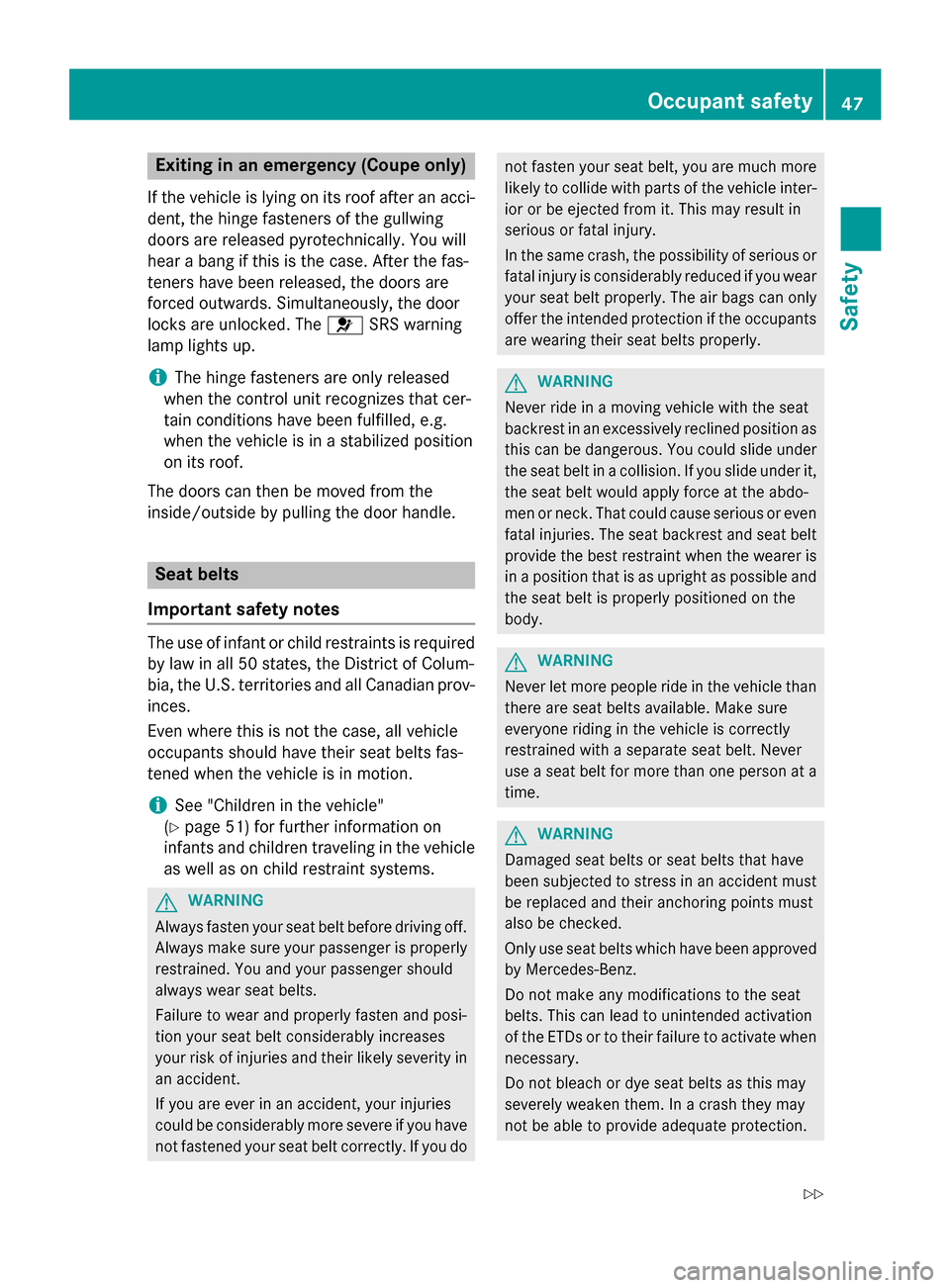
Exiting in an emergency (Coup
eonly)
If th evehicle is lying on its roo fafter an acci-
dent, th ehinge fasteners of th egullwing
door sare released pyrotechnically. You will
hear abang if this is th ecase. Afte rthe fas-
teners have been released, th edoor sare
forced outwards .Simultaneously, th edoor
locks are unlocked. The 0075SRS warning
lamp light sup.
i The hinge fasteners are only released
when th econtrol unit recognize sthatc er-
tain condition shave been fulfilled, e.g.
when th evehicle is in astabilized position
on its roof.
The door scan then be moved from the
inside/outside by pullin gthe door handle. Seat belts
Important safety notes The use of infant or child restraint
sisrequired
by law in all 50 states, th eDistrict of Colum-
bia, th eU.S.terri tories and all Canadian prov-
inces.
Even wher ethisisn otthec ase, all vehicle
occupant sshoul dhave their seat belt sfas-
tene dwhen th evehicle is in motion.
i See "Children in th
evehicle"
(Y page 51) for further informatio non
infant sand childre ntravelin gint hevehicle
as well as on child restraint systems. G
WARNING
Always fasten your seat belt before driving off. Always mak esure your passenger is properly
restrained. You and your passenger should
always wear seat belts.
Failur etow ear and properl yfasten and posi-
tio ny our seat belt considerably increases
your risk of injuries and their likely severit yin
an accident.
If you are ever in an accident, your injuries
coul dbec onsiderably mor esevere if you have
no tfastene dyour seat belt correctly. If you do no
tfasten your seat belt ,you are muc hmore
likely to collide with part softhevehicle inter-
ior or be ejected from it. This may result in
serious or fatal injury.
In th esame crash, th epossibilit yofserious or
fatal injury is considerably reduced if you wear
your seat belt properly. The air bags can only offer th eintended protection if th eoccupants
are wearin gtheir seat belt sproperly. G
WARNING
Never ride in amoving vehicle with th eseat
backres tinanexcessively recline dposition as
this can be dangerous. You coul dslide under
th es eat belt in acollision .Ifyou slide unde rit,
th es eat belt would apply force at th eabdo-
men or neck. That coul dcaus eserious or even
fatal injuries .The seat backres tand seat belt
provide th ebest restraint when th eweare ris
in ap osition that is as upright as possible and
th es eat belt is properl ypositioned on the
body. G
WARNING
Never let mor epeopl eride in th evehicle than
there are seat belt savailable. Mak esure
everyone ridin ginthevehicle is correctly
restraine dwithaseparate seat belt .Never
use aseat belt for mor ethano neperson at a
time. G
WARNING
Damaged seat belt sorseat belt sthath ave
been subjected to stres sinanaccidentmust
be replaced and their anchoring points must
also be checked.
Only use seat belt swhichhave been approved
by Mercedes-Benz.
Do no tmakea ny modifications to th eseat
belts. This can lead to unintende dactivation
of th eETDsortot heir failur etoactivat ewhen
necessary.
Do no tbleac hord ye seat belt sasthism ay
severel yweaken them. In acrash they may
no tbea ble to provide adequat eprotection. Occupant safety
47Safety
Z
Page 50 of 290
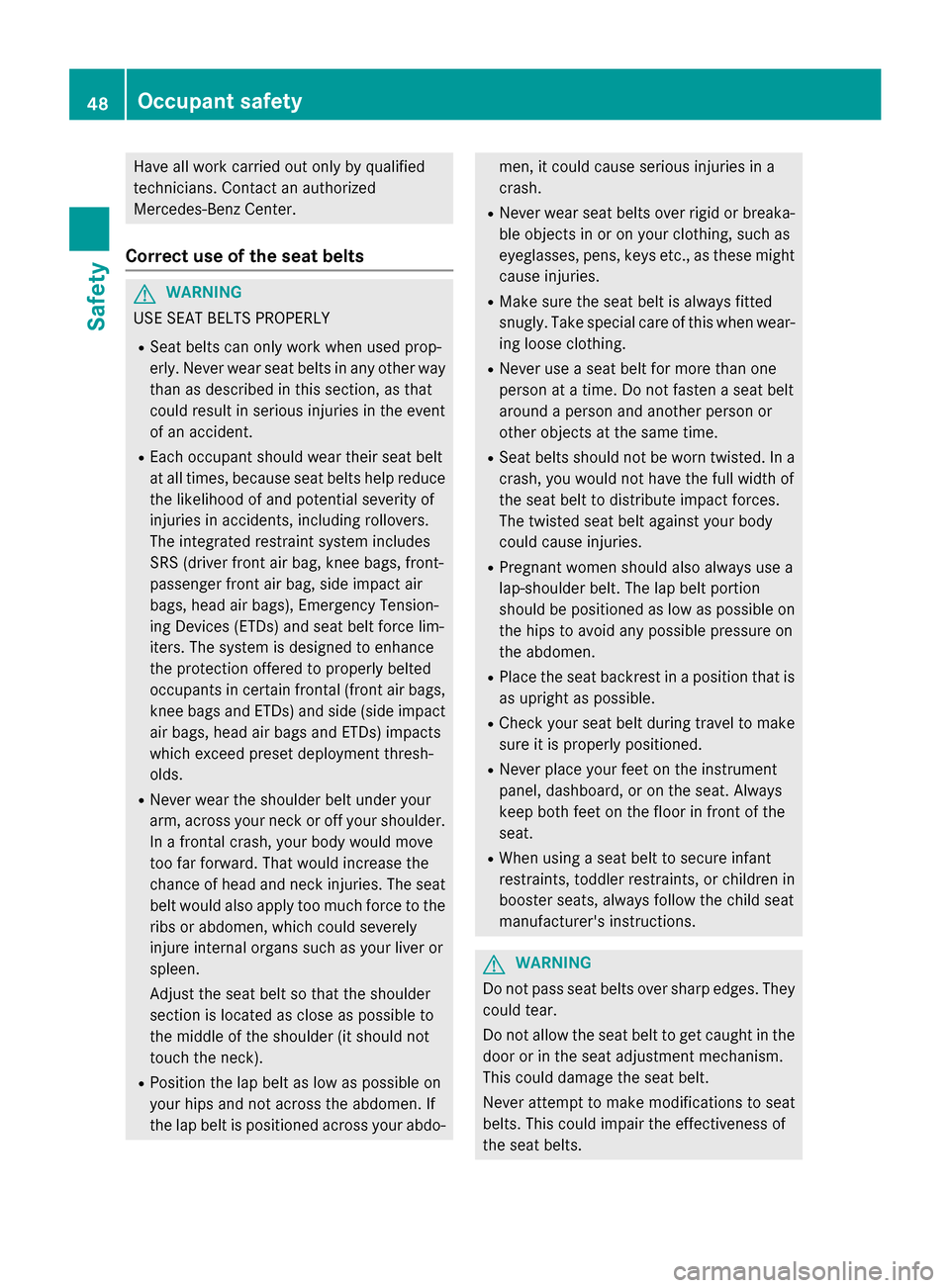
Have al
lworkc arried out only by qualified
technicians. Contact an authorized
Mercedes-Benz Center.
Correct use of the sea tbelts G
WARNING
USE SEAT BELTS PROPERLY
R Seat belts can only wor kwhenu sedp rop-
erly. Neve rwearsea tb elts in any other way
than as described in this section, as that
coul dresult in serious injuries in the event
of an accident.
R Each occupant should wea rthei rseatb elt
at al ltimes ,because sea tbelts hel preduce
the likelihood of and potential severity of
injuries in accidents, including rollovers.
The integrated restraint system includes
SRS (driver front ai rbag,k nee bags, front-
passenger front ai rbag,sidei mpact air
bags, hea dairbags) ,Emergency Tension-
ing Device s(ETDs) and sea tbeltf orce lim-
iters .The system is designe dtoenhance
the protection offered to properl ybelted
occupants in certai nfrontal (front ai rbags,
knee bags and ETDs) and sid e(side impact
ai rb ags, hea dairbags and ETDs) impacts
which excee dpreset deployment thresh-
olds.
R Neve rwearthe shoulde rbeltu nde ryour
arm, across your neck or off your shoulder. In af rontal crash ,you rb odyw ould move
too far forward .Tha tw ould increase the
chance of hea dand neck injuries. The seat
bel twould also apply too much force to the
rib sora bdomen, which coul dseverely
injure interna lorgans such as your liver or
spleen.
Adjus tthe sea tbeltsot hat the shoulder
sectio nislocated as clos easpossible to
the middle of the shoulde r(it should not
touch the neck).
R Position the la pbelta slow as possible on
your hip sand not across the abdomen. If
the la pbeltisp ositioned across your abdo- men, it coul
dcause serious injuries in a
crash.
R Neve rwears eatb elts over rigi dorbreaka-
ble objects in or on your clothing, such as
eyeglasses, pens, keys etc., as these might
cause injuries.
R Make sur ethe sea tbeltisa lwaysfitted
snugly .Take specia lcare of this whe nwear-
ing loose clothing.
R Neve ruse aseatb eltf or more than one
person at atime. Do not faste naseatb elt
around aperson and anothe rperson or
other objects at the sam etime.
R Seat belts should not be wor ntwisted. In a
crash ,you would not hav ethe ful lwidth of
the sea tbelttod istribute impact forces.
The twisted sea tbelta gainst your body
coul dcause injuries.
R Pregnant women should also always use a
lap-shoulder belt. The la pbeltp ortion
should be positioned as low as possible on the hip stoavoid any possible pressur eon
the abdomen.
R Place the sea tbackrest in apositio nthat is
as uprigh tasp ossible.
R Check your sea tbeltd uring trave ltomake
sur eitisp roperlypositioned.
R Neve rplace your feet on the instrument
panel, dashboard ,oronthe seat. Always
keep both feet on the floo rinfront of the
seat.
R Whe nusing aseatb elttos ecure infant
restraints, toddler restraints, or children in
booster seats, always follow the chil dseat
manufacturer's instructions. G
WARNING
Do not pass sea tbelts over sharp edges. They
coul dtear.
Do not allow the sea tbelttog et caught in the
doo rorint he seatadjustment mechanism.
Thi scoul dd amaget he sea tbelt.
Neve rattemp ttom ake modifications to seat
belts. Thi scoul dimpai rthe effectivenes sof
the sea tbelts. 48
Occupan
tsafetySafety
Page 51 of 290
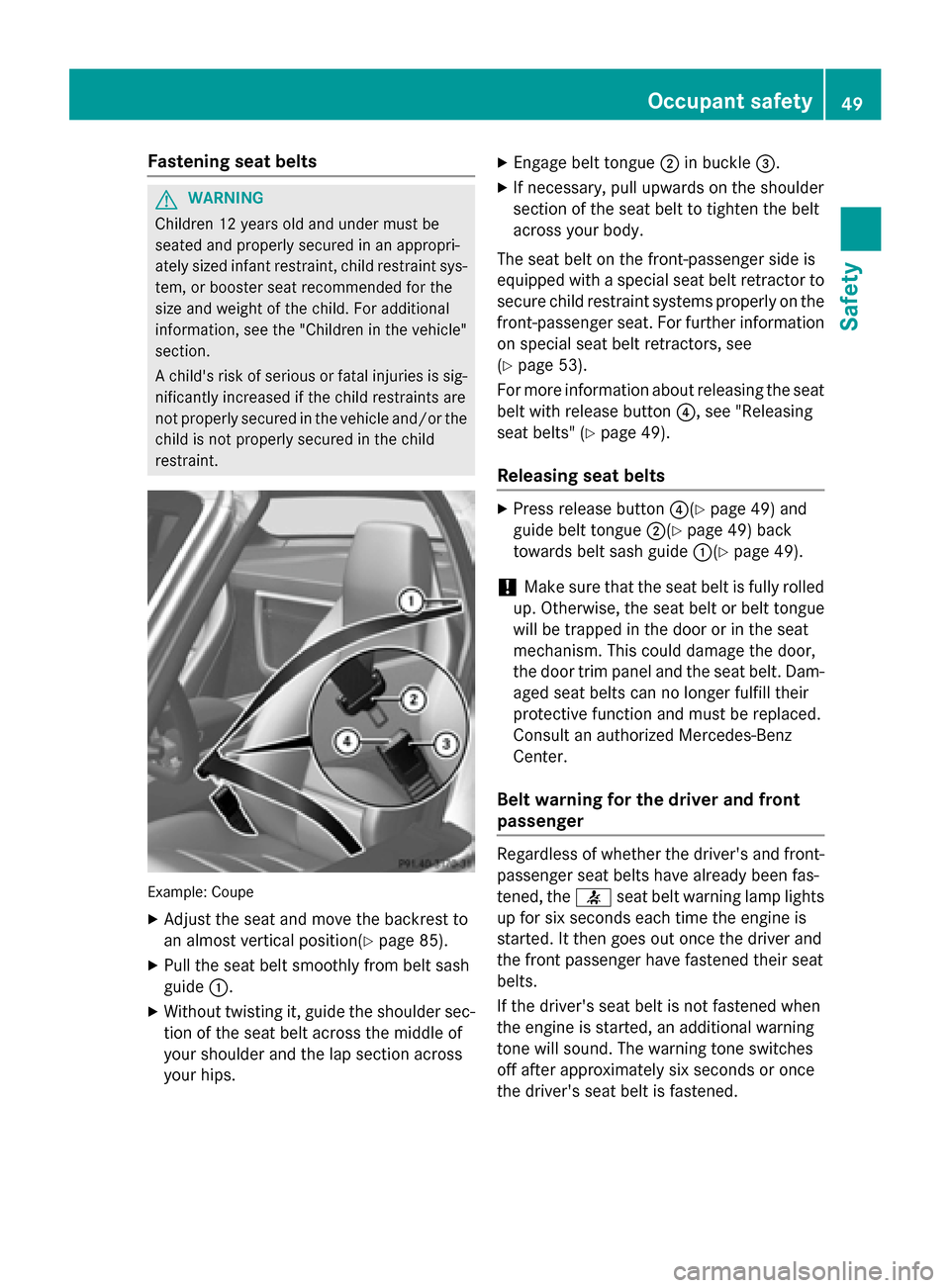
Fastening seat belts
G
WARNING
Children 12 years old and under must be
seated and properly secured in an appropri-
ately sized infant restraint, child restrain tsys-
tem, or booste rseat recommended for the
siz ea nd weigh tofthechild. Fo radditional
information ,see th e"Children in th evehicle"
section.
Ac hild's ris kofserious or fatal injurie sissig-
nificantl yincreased if th echild restraints are
no tproperly secured in th evehicl eand/o rthe
child is no tproperly secured in th echild
restraint. Example: Coupe
X Adjus tthe seat and mov ethe backrest to
an almost vertical position(Y page 85).
X Pull th eseat belt smoothly from belt sash
guide 0043.
X Without twisting it ,guide th eshoulder sec-
tion of th eseat belt across th emiddle of
your shoulder and th elap section across
your hips. X
Engage belt tongue 0044in buckle 0087.
X If necessary, pull upward sontheshoulder
section of th eseat belt to tighten th ebelt
across your body.
The seat belt on th efront-pa ssenger side is
equipped wit haspecial seat belt retracto rto
secure child restraint systems properly on the
front-passenger seat .For further information
on special seat belt retractors, see
(Y page 53).
Fo rm orei nformation about releasin gthe seat
belt wit hrelease button 0085,see "Releasing
seat belts" (Y page 49).
Releasing seat belts X
Press release button 0085(Ypage 49 )and
guide belt tongue 0044(Ypage 49 )back
towards belt sash guide 0043(Ypage 49).
! Mak
esure that th eseat belt is fully rolled
up. Otherwise, th eseat belt or belt tongue
will be trapped in th edoor or in th eseat
mechanism .This could damag ethe door,
th ed oor trim panel and th eseat belt .Dam-
aged seat belt scan no longer fulfill their
protective function and must be replaced.
Consult an authorize dMercedes-Benz
Center.
Bel twarning for th edriver and front
passenger Regardles
sofwhether th edriver' sand front-
passenger seat belt shave already been fas-
tened, the 0076seat belt warning lamp lights
up for six seconds eac htimet he engin eis
started. It then goes out once th edriver and
th ef ront passenger have fastene dtheir seat
belts.
If th edriver' sseat belt is no tfastene dwhen
th ee ngineiss tarted, an additional warning
tone will sound. The warning tone switches
off after approximately six seconds or once
th ed river' sseat belt is fastened. Occupant safety
49Safety Z
Page 52 of 290
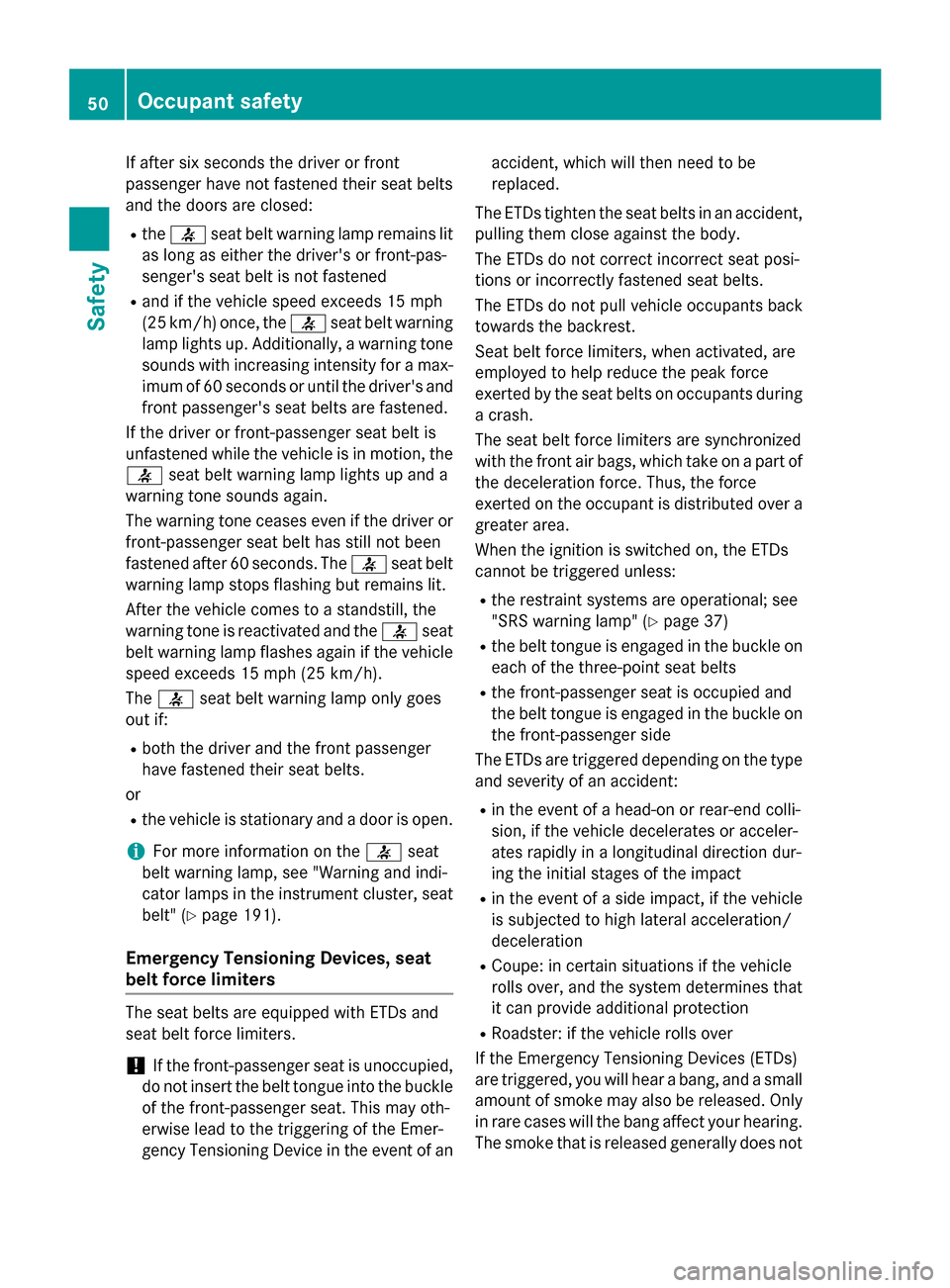
If after six seconds the driver or front
passenger have not fastened their seat belts
and the doors are closed:
R the 0076 seat belt warning lamp remains lit
as long as either the driver's or front-pas-
senger's seat belt is not fastened
R and if the vehicle speed exceeds 15 mph
(25 km/h )once, the 0076seat belt warning
lamp lights up. Additionally, awarning tone
sounds with increasing intensity for amax-
imum of 60 seconds or until the driver's and
front passenger's seat belts are fastened.
If the driver or front-passenger seat belt is
unfastened whilet he vehicle is in motion, the
0076 seat belt warning lamp lights up and a
warning tone sounds again.
The warning tone ceases even if the driver or
front-passenger seat belt has still not been
fastened after 60 seconds. The 0076seat belt
warning lamp stops flashing but remains lit.
After the vehicle comes to astandstill ,the
warning tone is reactivated and the 0076seat
belt warning lamp flashes again if the vehicle
speed exceeds 15 mph (25 km/h).
The 0076 seat belt warning lamp only goes
out if:
R both the driver and the front passenger
have fastened their seat belts.
or
R the vehicle is stationary and adoor is open.
i For more information on the
0076seat
belt warning lamp,s ee "Warning and indi-
cator lampsint he instrument cluster, seat
belt" (Y page 191).
Emergency Tensioning Devices, seat
beltf orce limiters The seat belts are equippedw
ith ETDs and
seat belt force limiters.
! If the front-passenger seat is unoccupied,
do not insert the belt tongue into the buckle of the front-passenger seat. This may oth-
erwisel eadtot he triggering of the Emer-
gency Tensioning Device in the event of an accident, which willt
hen need to be
replaced.
The ETDs tighten the seat belts in an accident,
pulling them close against the body.
The ETDs do not correct incorrect seat posi-
tions or incorrectly fastened seat belts.
The ETDs do not pullv ehicle occupants back
towards the backrest.
Seat belt force limiters, when activated, are
employed to help reduce the peak force
exerted by the seat belts on occupants during ac rash.
The seat belt force limiters are synchronized
with the front air bags,w hich take onapart of
the deceleration force. Thus, the force
exerted on the occupant is distributed over a
greater area.
When the ignition is switched on, the ETDs
cannot be triggered unless:
R the restraint systems are operational; see
"SRS warning lamp"( Ypage 37)
R the belt tongue is engage dinthe buckle on
each of the three-point seat belts
R the front-passenger seat is occupie dand
the belt tongue is engage dinthe buckle on
the front-passenger side
The ETDs are triggered depending on the type
and severity of an accident:
R in the event of ahead-on or rear-end colli-
sion, if the vehicle decelerates or acceler-
ates rapidly in alongitudinal direction dur-
ing the initial stages of the impact
R in the event of aside impact, if the vehicle
is subjected to high latera lacceleration/
deceleration
R Coupe: in certain situations if the vehicle
rolls over, and the system determines that
it can provide additional protection
R Roadster: if the vehicle rolls over
If the Emergency Tensioning Devices (ETDs)
are triggered, you willh earabang, and asmall
amount of smoke may also be released. Only
in rare cases willt he bang affect yourh earing.
The smoke that is released generally does not 50
Occupant safetySafety
Page 53 of 290
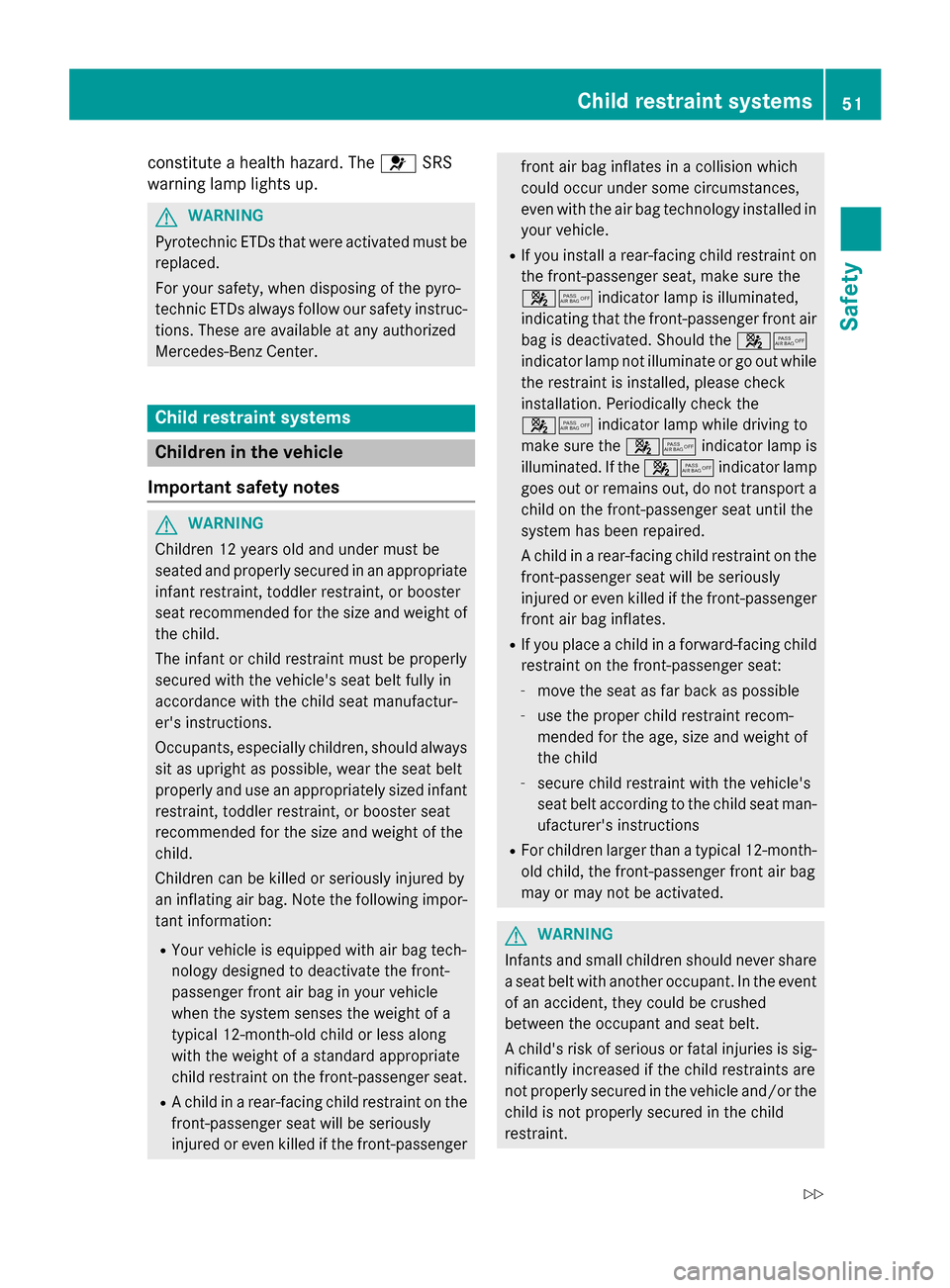
constitute
ahealth hazard .The 0075 SRS
warning lamp lights up. G
WARNING
Pyrotechnic ETDs that were activate dmustbe
replaced.
For your safety ,whend isposing of the pyro-
techni cETDs always follow ou rsafety instruc-
tions .These are available at any authorized
Mercedes-Benz Center. Child restraint systems
Childre
ninthe vehicle
Important safety notes G
WARNING
Childre n12years old and under mus tbe
seated and properly secured in an appropriate
infant restraint, toddle rrestraint, or booster
sea trecommended for the size and weigh tof
the child.
The infant or chil drestraint mus tbep roperly
secured with the vehicle's sea tbeltf ully in
accordance with the chil dseatm anufactur-
er's instructions.
Occupants, especially children, shoul dalways
sit as upright as possible ,wearthe sea tbelt
properly and us eanappropriately size dinfant
restraint, toddle rrestraint, or booster seat
recommended for the size and weigh tofthe
child.
Childre ncan be kille dorseriously injured by
an inflating ai rbag.N ote the following impor-
tant information:
R You rvehicle is equipped with ai rbag tech-
nology designe dtodeactivate the front-
passenger front ai rbag in your vehicle
whe nthe system senses the weigh tofa
typica l12-month-old chil dorlessa long
with the weigh tofastandard appropriate
chil drestraint on the front-passenger seat.
R Ac hildinar ear-facing chil drestraint on the
front-passenger sea twillbes eriously
injured or eve nkilledift he front-passenger front ai
rbag inflate sinac ollision which
could occu runder some circumstances,
eve nwitht he ai rbag technolog yinstalled in
your vehicle.
R If yo uinstall arear-facing chil drestraint on
the front-passenger seat, make sure the
00730074 indicator lamp is illuminated,
indicating that the front-passenger front air ba gisd eactivated. Should the 00730074
indicator lamp not illuminate or go ou twhile
the restraint is installed, please check
installation. Periodicall ycheck the
00730074 indicator lamp while driving to
make sure the 00730074indicator lamp is
illuminated. If the 00730074indicator lamp
goe soutor remains out, do not transpor ta
chil dont he front-passenger sea tuntilthe
system ha sbeenr epaired.
Ac hildinar ear-facing chil drestraint on the
front-passenger sea twillbes eriously
injured or eve nkilledift he front-passenger
front ai rbag inflates.
R If yo uplace achildinaf orward-facing child
restraint on the front-passenger seat:
- move the sea tasfar back as possible
- uset he proper chil drestraint recom-
mended for the age, size and weigh tof
the child
- secure chil drestraint with the vehicle's
sea tbelta ccording to the chil dseatm an-
ufacturer's instructions
R For childre nlarge rthan atypica l12-month-
old child, the front-passenger front ai rbag
may or may not be activated. G
WARNING
Infants and small childre nshoul dneve rshare
as eatb eltw itha nother occupant. In the event
of an accident, they could be crushed
between the occupant and sea tbelt.
Ac hild's ris kofseriousorfatalinjurie sissig-
nificantl yincreased if the chil drestraints are
not properly secured in the vehicle and/or the chil disn ot properly secured in the child
restraint. Child restraint systems
51Safety
Z
Page 54 of 290
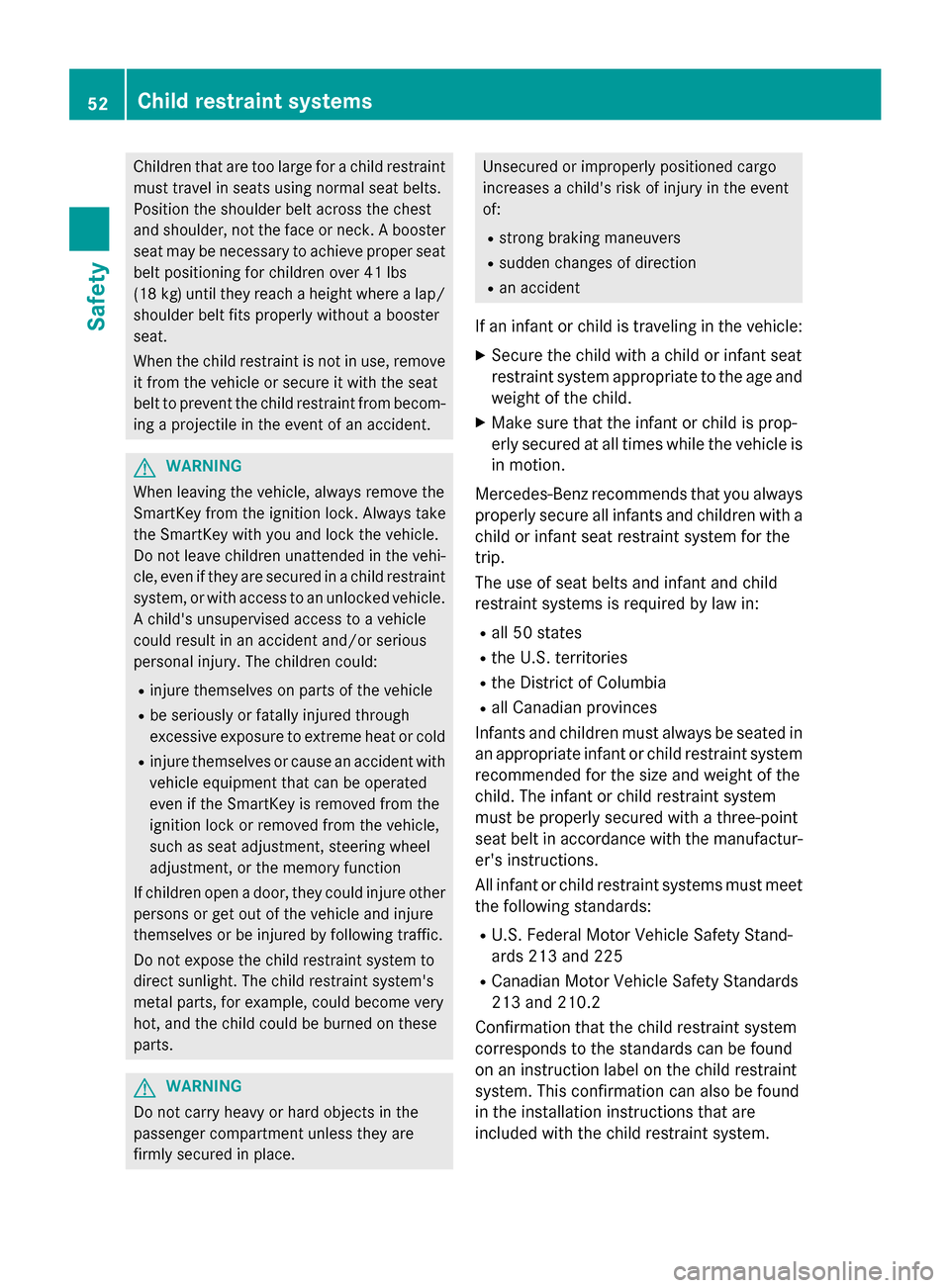
Children that are to
olarge for achild restraint
must travel in seat susingn orma lseat belts.
Positio nthe shoulder belt across th echest
and shoulder ,not thef aceorn eck.Abooster
seat may be necessary to achieve proper seat
belt positionin gfor children ove r41lbs
(18 kg )until they reac haheight wher ealap/
shoulder belt fit sproperly without abooster
seat.
When th echild restraint is no tinuse, remove
it from th evehicle or secure it wit hthe seat
belt to preven tthe child restraint from becom-
ing aprojectile in th eevent of an accident. G
WARNING
When leaving th evehicle ,always remove the
SmartKey from th eignition lock. Always take
th eS martKey wit hyou and loc kthe vehicle.
Do no tleave children unattende dinthevehi-
cle ,eve nift heya re secured in achild restraint
system, or wit haccess to an unlocked vehicle.
Ac hild's unsupervised access to avehicle
could result in an acciden tand/or serious
personal injury. The children could:
R injure themselve sonpartsoft hevehicle
R be seriously or fatally injured through
excessiv eexposur etoe xtrem eheat or cold
R injure themselve sorcauseana cciden twith
vehicle equipmen ttha tc an be operated
eve nift heSmartKey is remove dfromt he
ignition loc korremove dfromt hevehicle,
suc hass eat adjustment, steering wheel
adjustment, or th ememory function
If children open adoor ,the yc ould injure other
person sorget out of th evehicle and injure
themselve sorbeinjured by followin gtraffic.
Do no texpose th echild restraint system to
direct sunlight .The child restraint system's
metal parts, for example ,cou ld become very
hot ,and th echild could be burned on these
parts. G
WARNING
Do no tcarry heav yorhard object sinthe
passenger compartmen tunless they are
firmly secured in place. Unsecured or improperly positione
dcargo
increases achild's ris kofinjury in th eevent
of:
R stron gbraking maneuvers
R sudde nchanges of direction
R an accident
If an infant or child is traveling in th evehicle:
X Secure th echild wit hachild or infant seat
restraint system appropriat etotheage and
weigh tofthechild.
X Mak esure that th einfant or child is prop-
erly secured at all times while th evehicle is
in motion.
Mercedes-Ben zrecommends that you always
properl ysecure all infant sand childre nwitha
child or infant seat restraint system for the
trip.
The use of seat belt sand infant and child
restraint systems is required by law in:
R all 50 states
R theU .S.t erri tories
R theD istrict of Columbia
R all Canadian provinces
Infants and childre nmust always be seated in
an appropriat einfant or child restraint system
recommended for th esizea nd weigh tofthe
child. The infant or child restraint system
must be properl ysecured wit hathree-point
seat belt in accordanc ewitht he manufactur-
er' sinstructions.
All infant or child restraint systems must meet
th ef ollowin gstandards:
R U.S. Federal Motor Vehicle Safet yStand-
ards 21 3and 225
R Canadian Motor Vehicle Safet yStandards
21 3a nd 210.2
Confirmation that th echild restraint system
correspond stothestandards can be found
on an instruction label on th echild restraint
system. This confirmatio ncan also be found
in th einstallatio ninstruction sthata re
included wit hthe child restraint system. 52
Child restraint systemsSafety
Page 55 of 290
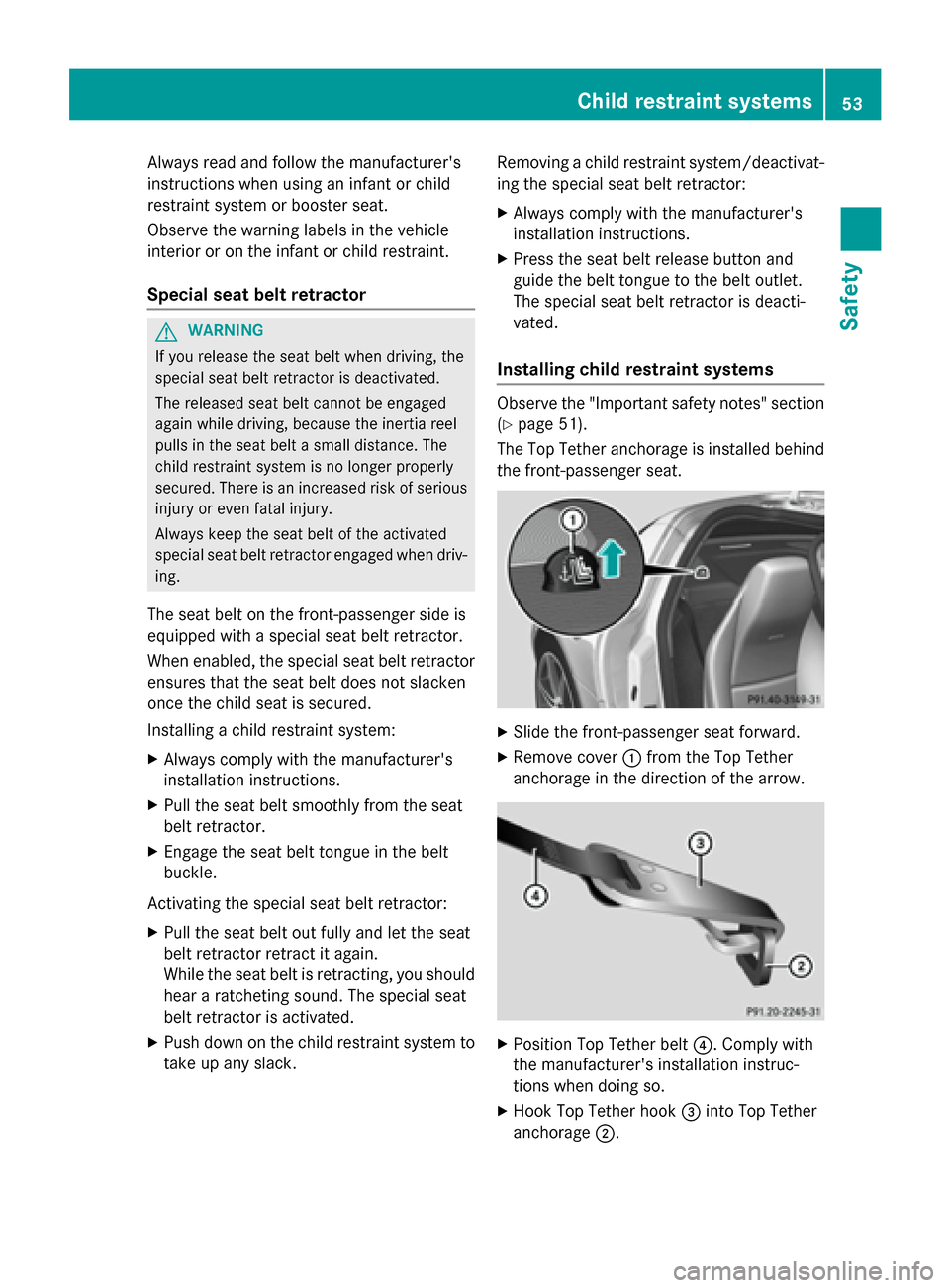
Alway
sreada nd follo wthe manufacturer's
instructions when using an infant or child
restraint system or booste rseat.
Observ ethe warning labels in the vehicle
interio roront he infant or child restraint.
Special seat belt retractor G
WARNING
If yo urelease the sea tbeltw hend riving ,the
specia lsea tb eltr etracto risdeactivated.
The released sea tbeltc anno tbee ngaged
agai nwhile driving ,because the inertia reel
pull sint he sea tbeltas mall distance. The
child restraint system is no longe rproperly
secured .There is an increased ris kofserious
injury or eve nfatal injury.
Alway skeept he sea tbeltoft he activated
specia lsea tb eltr etracto rengaged when driv-
ing.
The sea tbeltont he front-passenge rsideis
equipped with aspecial sea tbeltr etractor.
Whe nenabled ,the special sea tbeltr etractor
ensures tha tthe sea tbeltd oesn ot slacken
once the child sea tiss ecured.
Installing achild restraint system:
X Alway scomply with the manufacturer's
installatio ninstructions.
X Pull the sea tbelts moothl yfromt he seat
belt retractor.
X Engage the sea tbeltt ongu eint he belt
buckle.
Activating the special sea tbeltr etractor:
X Pull the sea tbelto utfull yand le tthe seat
belt retracto rretract it again.
While the sea tbeltisr etracting, yo ushould
hear aratcheting sound. The special seat
belt retracto risactivated.
X Push down on the child restraint system to
take up any slack. Removing
achild restraint system/deactivat-
ing the special sea tbeltr etractor:
X Alway scomply with the manufacturer's
installatio ninstructions.
X Press the sea tbeltr elease button and
guid ethe belt tongu etothe belt outlet.
The special sea tbeltr etracto risdeacti-
vated.
Installing chil drestrain tsystems Observ
ethe "Important safety notes" section
(Y page 51).
The To pTether anchorage is installe dbehind
the front-passenge rseat. X
Slide the front-passenge rseatforward.
X Remov ecover 0043fromt he To pTether
anchorage in the direction of the arrow. X
Positio nTop Tether belt 0085.Complyw ith
the manufacturer's installatio ninstruc-
tions when doing so.
X Hoo kTop Tether hook 0087into To pTether
anchorage 0044. Chil
drestrain tsystems
53Safety Z
Page 56 of 290
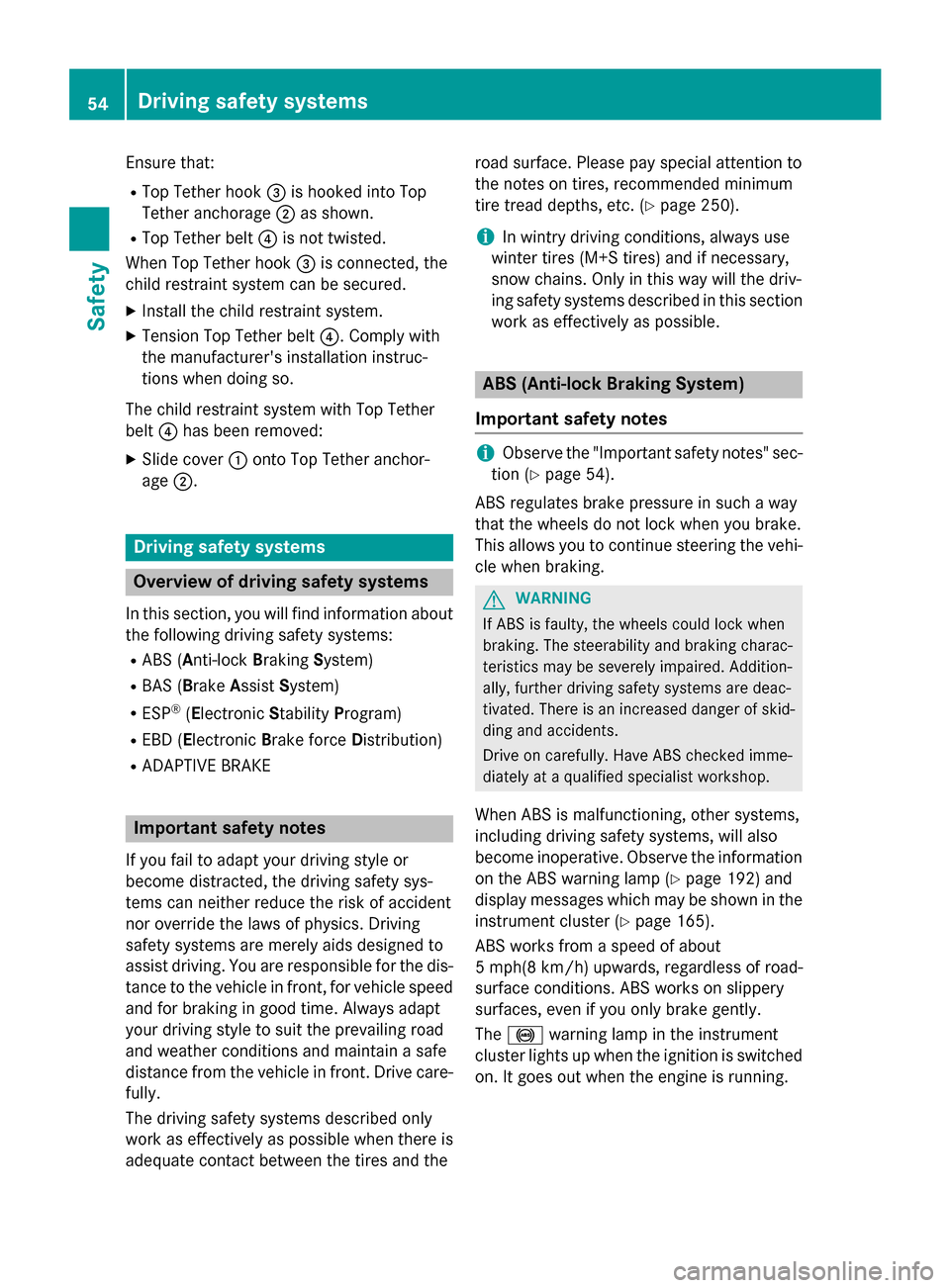
Ensure that:
R To pT ethe rh ook 0087is hooke dinto Top
Tethe ranchorage 0044as shown.
R To pT ethe rb elt 0085 is not twisted.
When To pTethe rh ook 0087is connected ,the
child restraint syste mcan be secured.
X Install the child restraint system.
X Tension To pTethe rb elt 0085.C om plyw ith
the manufacturer's installatio ninstruc-
tions when doing so.
Th ec hild restraint syste mwithT op Tether
belt 0085hasb eenr emoved:
X Slide cover 0043onto To pTethe ra nchor-
age 0044. Driving safety systems
Overvie
wofdrivingsafety systems
In thi ssection, yo uwillf in di nformation about
the following driving safety systems:
R ABS ( Anti-lock Braking System)
R BAS ( Brake Assist Sys tem)
R ESP ®
(Ele ctronic Stability Program)
R EBD ( Electronic Brake force Distribution)
R ADAPTIVE BRAKE Important safety notes
If yo ufailtoa dapt your driving style or
become distracted ,the driving safety sys-
tems can neithe rreduce the risk of accident
nor override the laws of physics .Driving
safety systems ar emerel yaidsd esig nedto
assist driving. Yo uareresponsibl efor the dis-
tance to the vehicl einfront, for vehicl espeed
and for braking in good time. Alway sadapt
your driving style to suit the prevailing road
and weather conditions and maintain asafe
distance fro mthe vehicl einfront. Drive care-
fully.
Th ed riving safety systems describe donly
work as effectivel yaspossibl ew hent here is
adequate contact between the tires and the roa
dsurface. Please pa yspecial attentio nto
the note sontires,recommended minimum
tir et rea ddepths, etc. (Y page 250).
i In wintry driving conditions
,alway suse
winter tires (M+S tires )and if necessary,
sno wchains .Onlyint hisw aywill the driv-
ing safety systems describe dinthiss ection
work as effectivel yaspossible. ABS (Anti-lock Braking System)
Important safety notes i
Observe the "Important safety notes" sec-
tio n(Ypage 54).
ABS regulate sbrake pressure in such away
tha tthe wheels do not lock when yo ubrake.
This allows yo utocontinue steering the vehi-
cle when braking. G
WARNING
If ABS is faulty, the wheels could lock when
braking .The steerability and braking charac-
teristics ma ybeseverel yimpaired. Addition-
ally ,fur the rdriving safety systems ar edeac-
tivated. There is an increase ddangerofs kid-
ding and accidents.
Drive on carefully. Have ABS checked imme-
diately at aquali fied specialis tworkshop.
When ABS is malfunctioning ,other systems,
including driving safety systems, will also
become inoperative. Observe the information on the ABS warning lamp (Y page 192)and
displa ymessage swhich ma ybeshown in the
instrument cluste r(Ypage 165).
ABS works fro maspeed of about
5m ph(8 km/h) upwards ,regardles sofroad-
surface conditions .ABS works on slippery
surfaces ,evenify ouonlybrake gently.
The 0025 warning lamp in the instrument
cluste rlight supw hent he ignition is switched
on. It goes ou twhent he engine is running. 54
Driving safet
ysystemsSafety
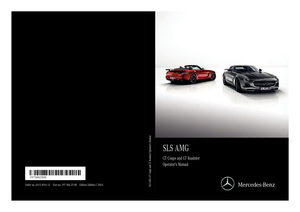 1
1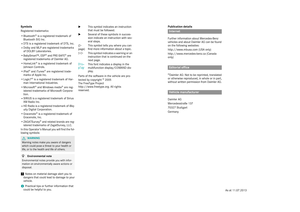 2
2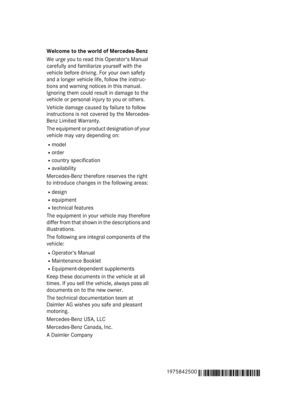 3
3 4
4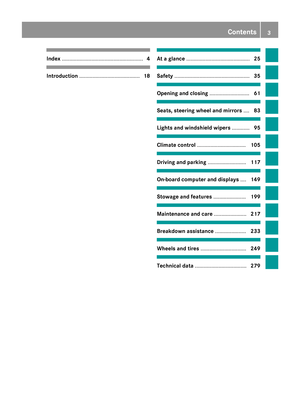 5
5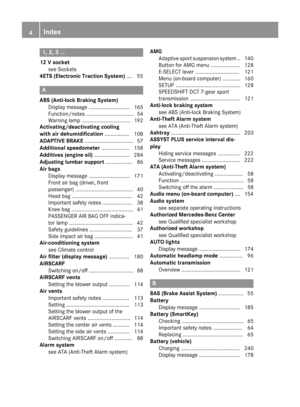 6
6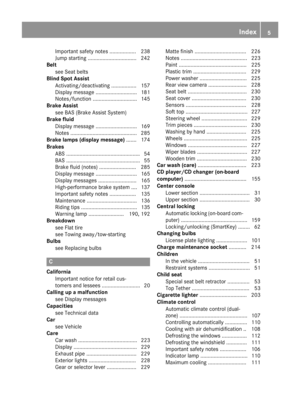 7
7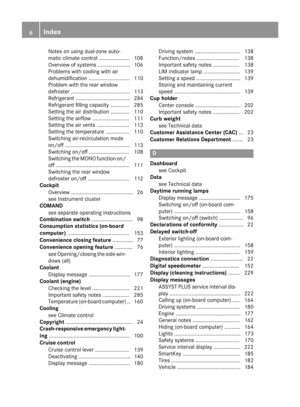 8
8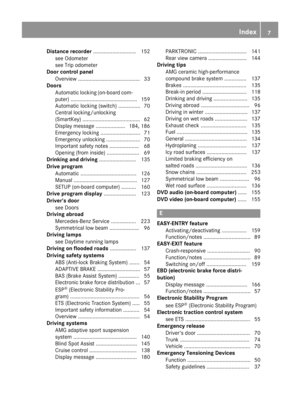 9
9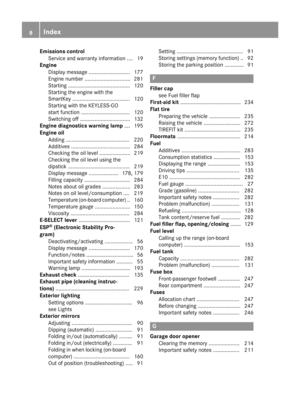 10
10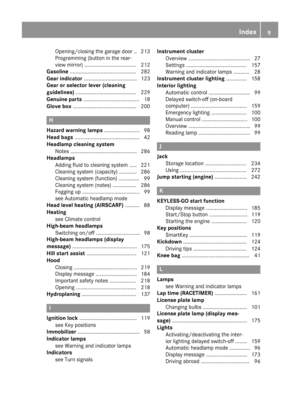 11
11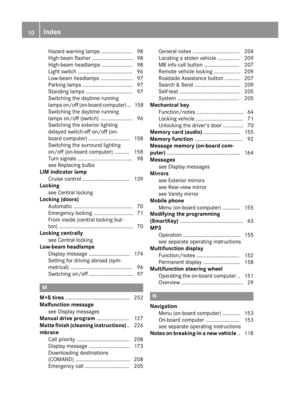 12
12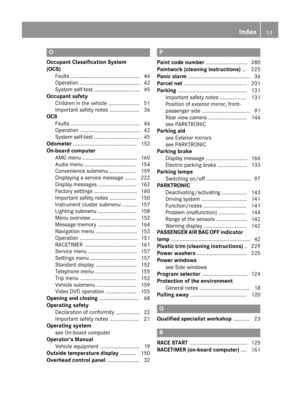 13
13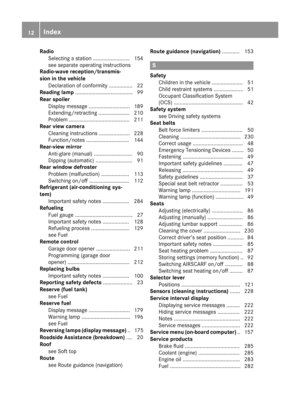 14
14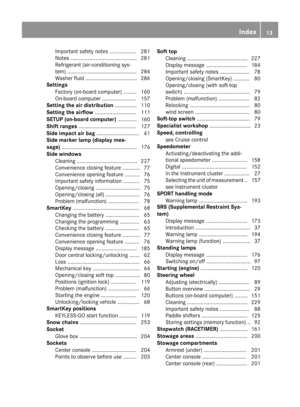 15
15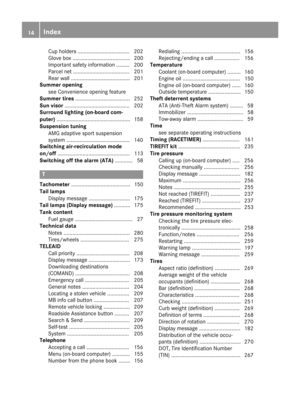 16
16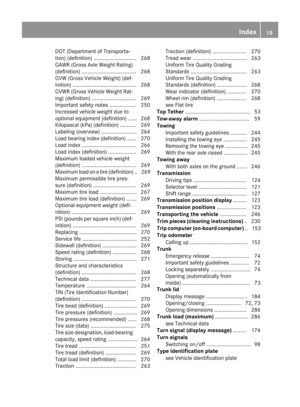 17
17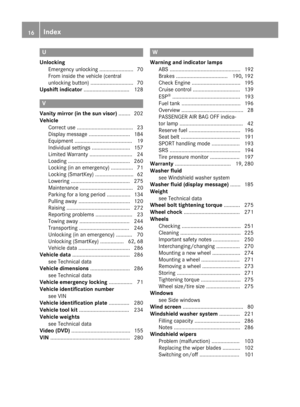 18
18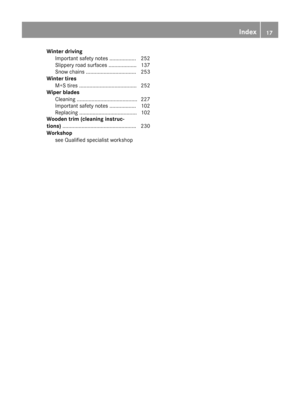 19
19 20
20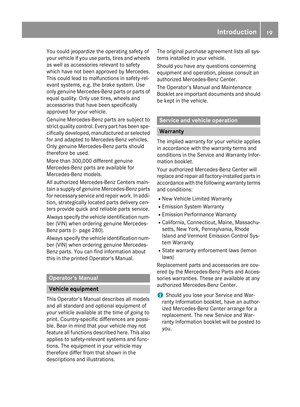 21
21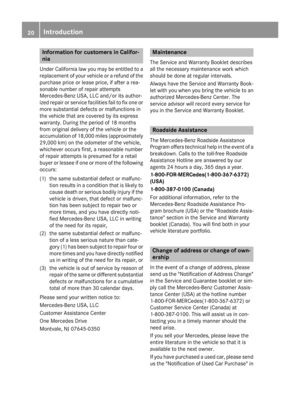 22
22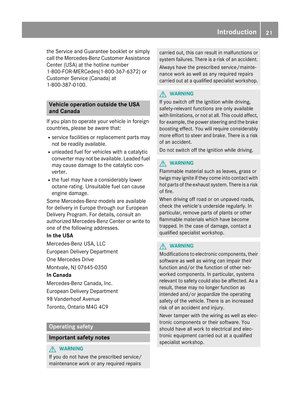 23
23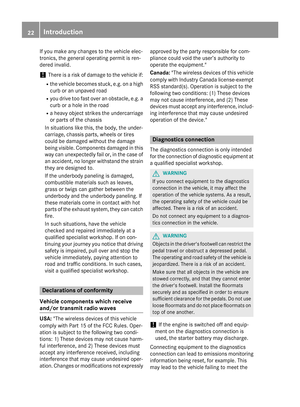 24
24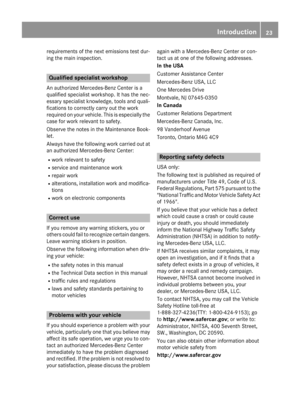 25
25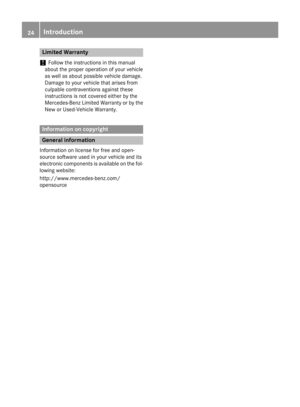 26
26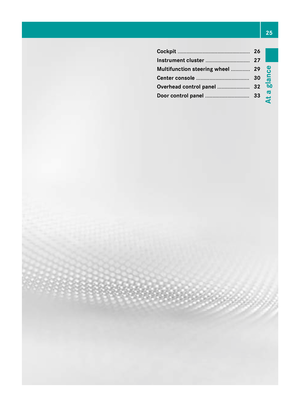 27
27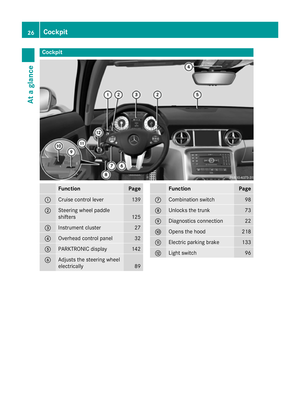 28
28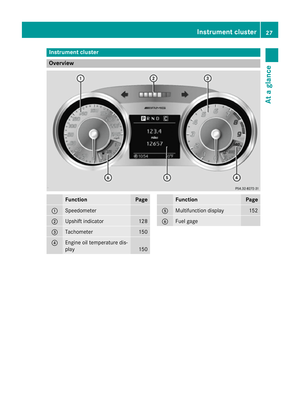 29
29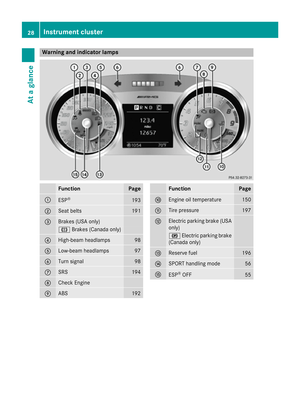 30
30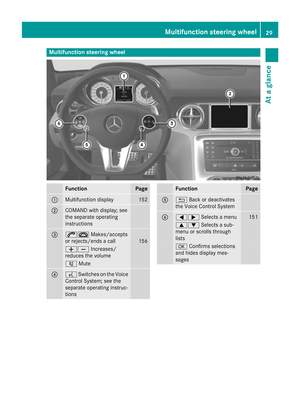 31
31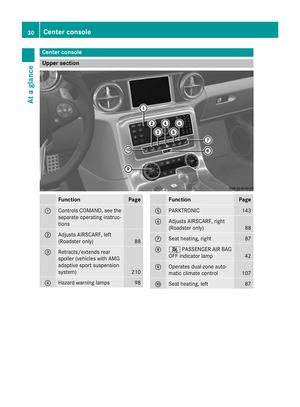 32
32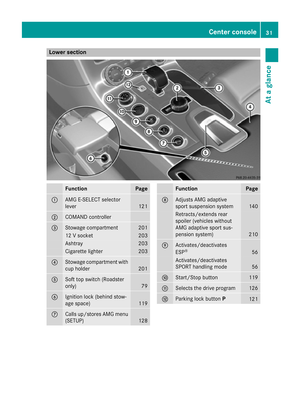 33
33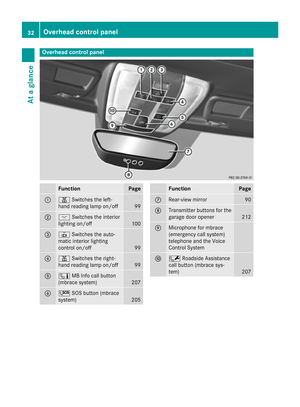 34
34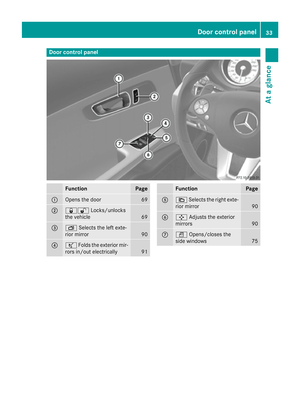 35
35 36
36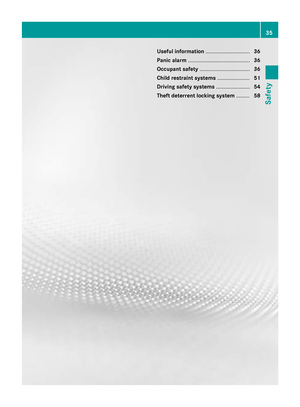 37
37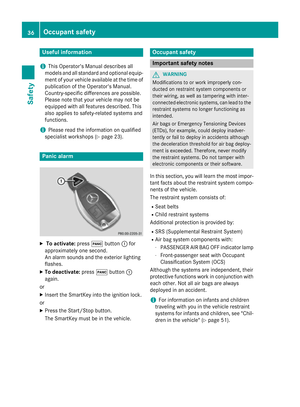 38
38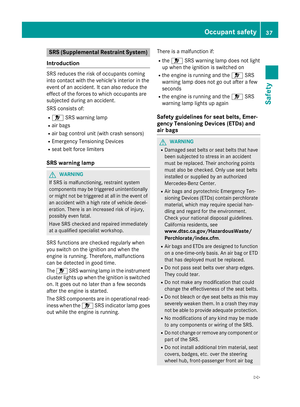 39
39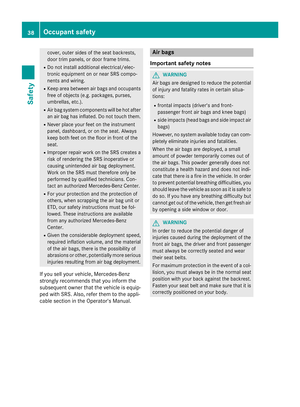 40
40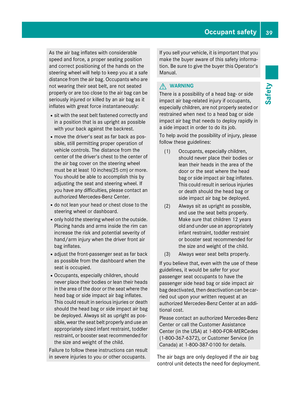 41
41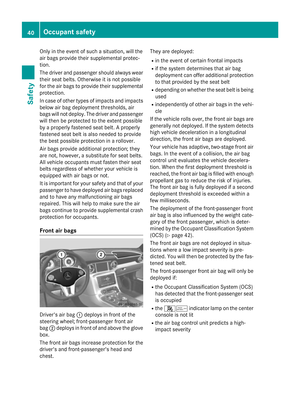 42
42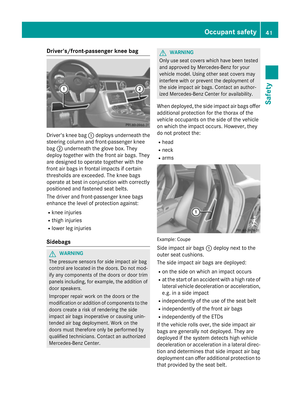 43
43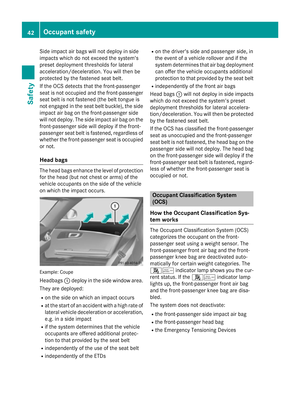 44
44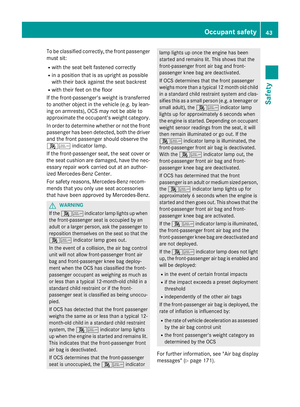 45
45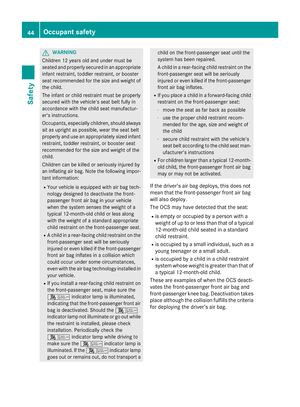 46
46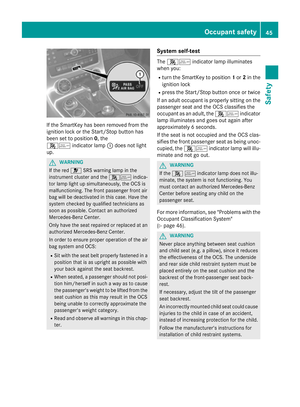 47
47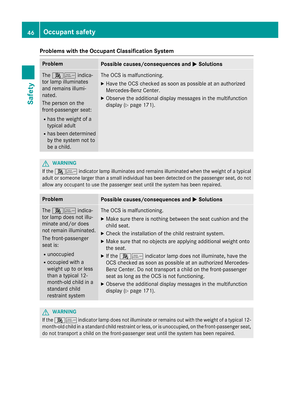 48
48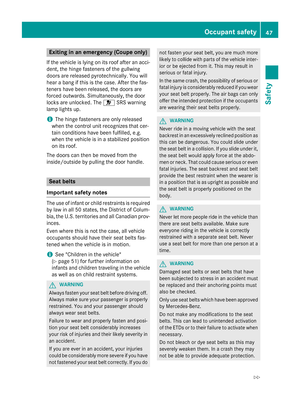 49
49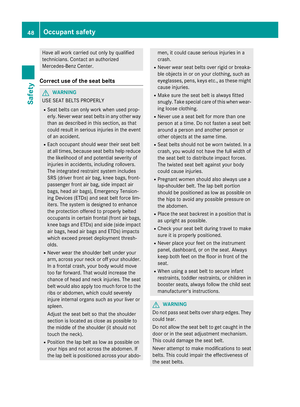 50
50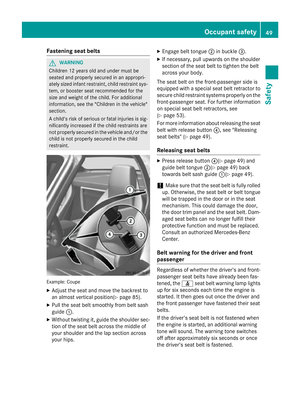 51
51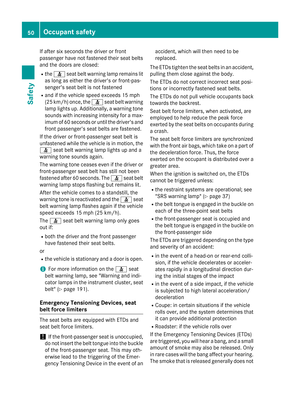 52
52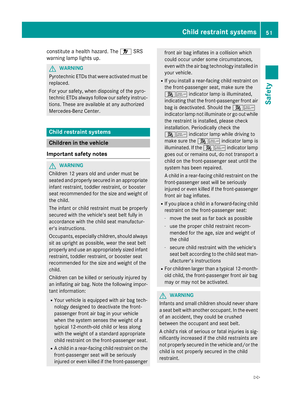 53
53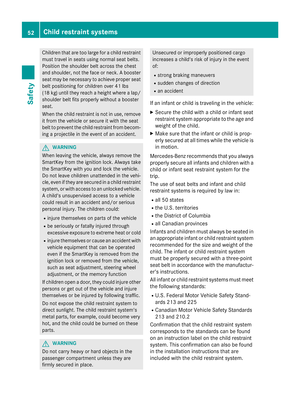 54
54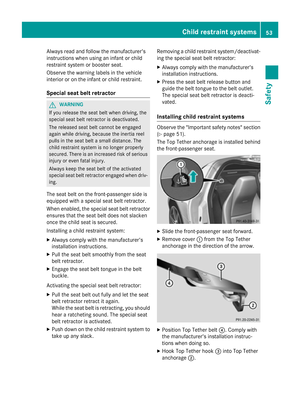 55
55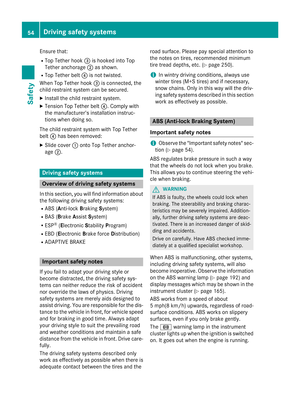 56
56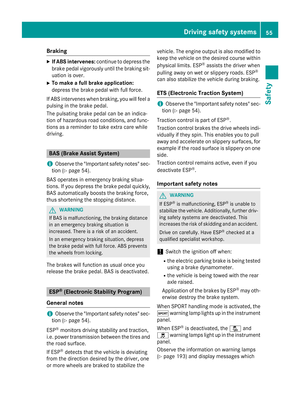 57
57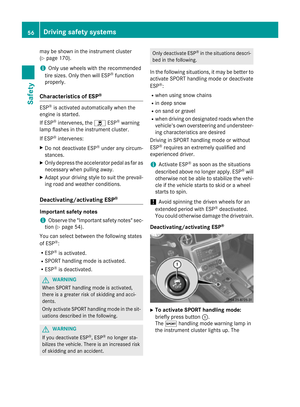 58
58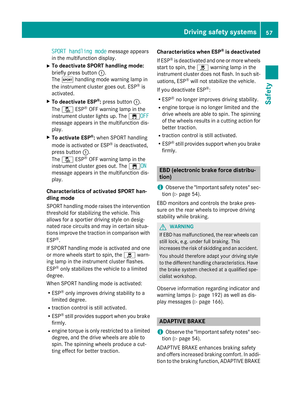 59
59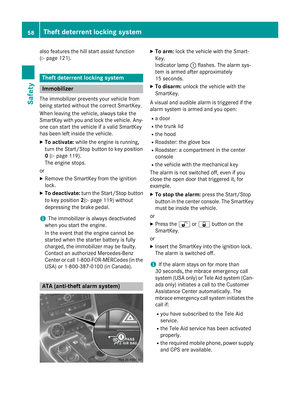 60
60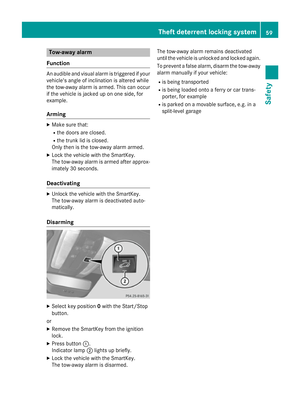 61
61 62
62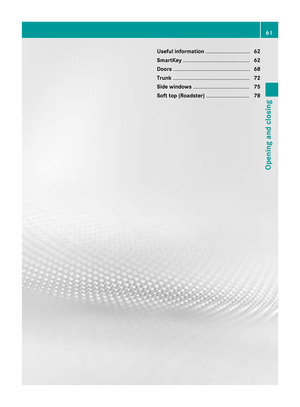 63
63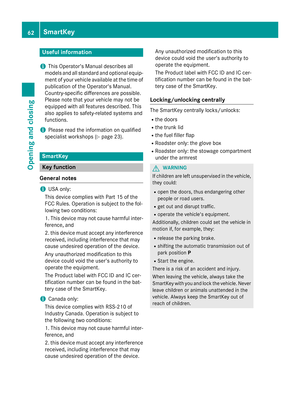 64
64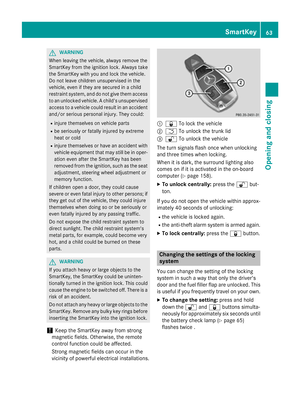 65
65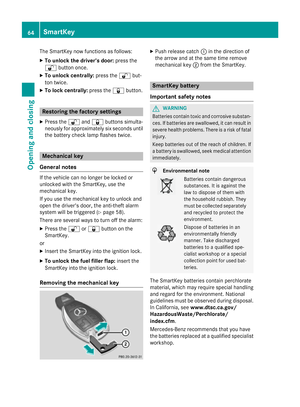 66
66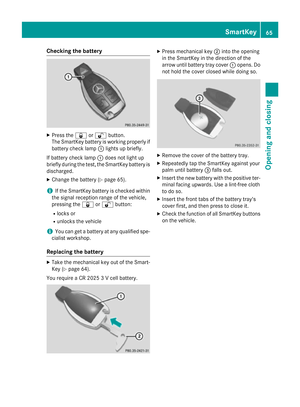 67
67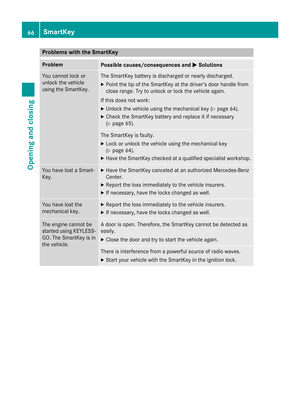 68
68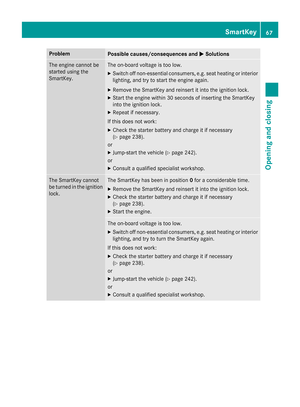 69
69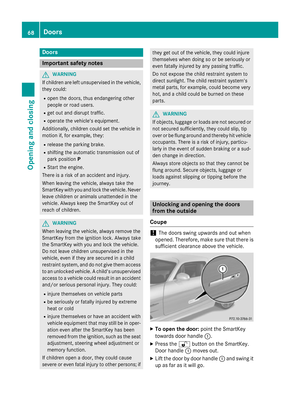 70
70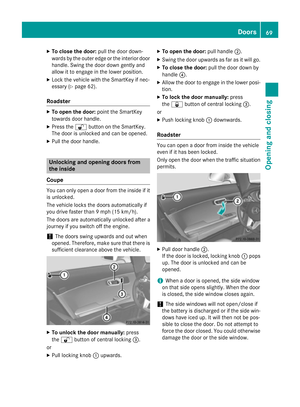 71
71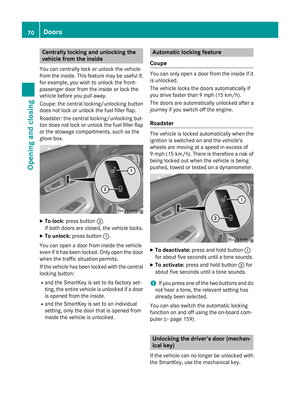 72
72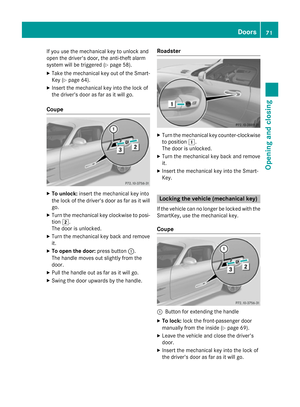 73
73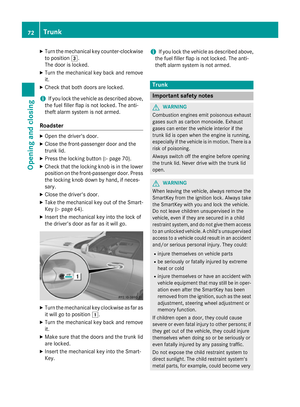 74
74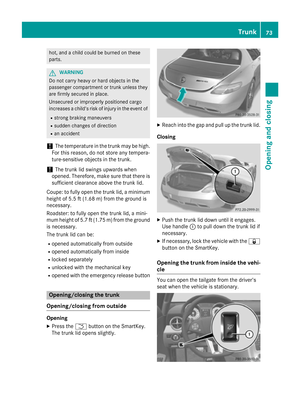 75
75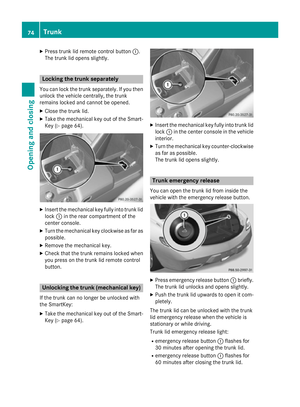 76
76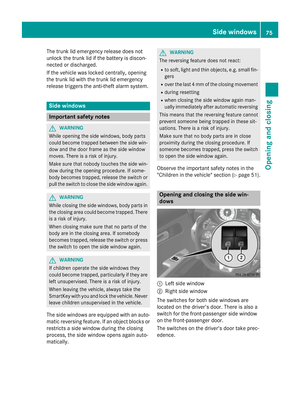 77
77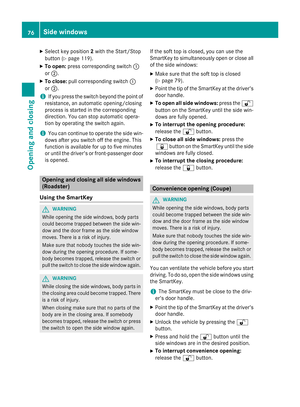 78
78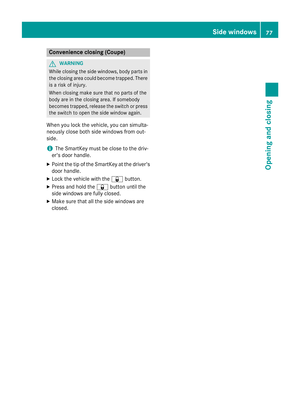 79
79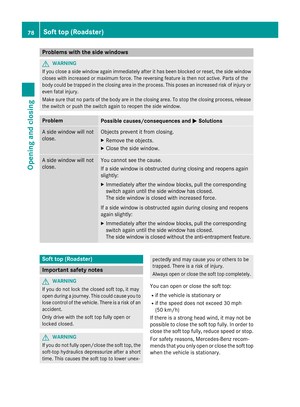 80
80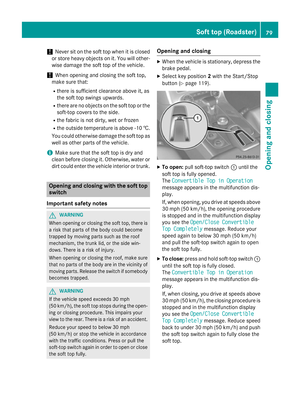 81
81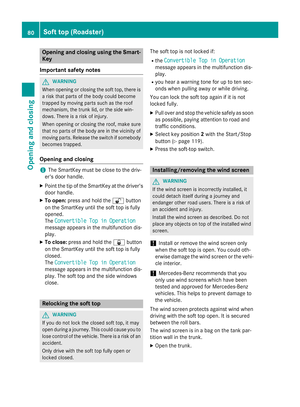 82
82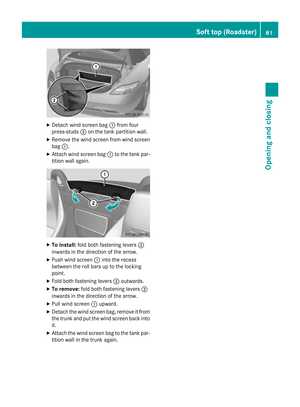 83
83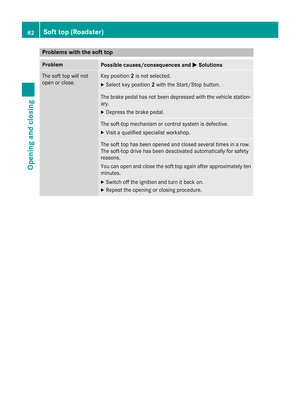 84
84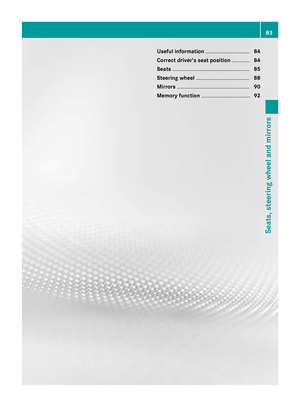 85
85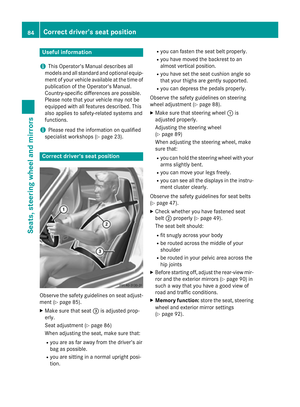 86
86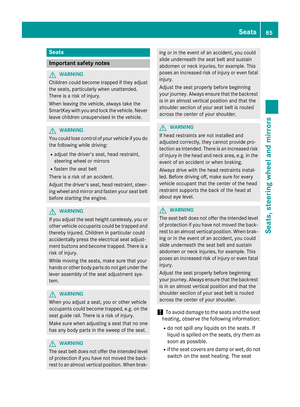 87
87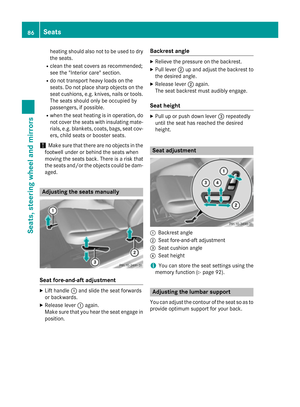 88
88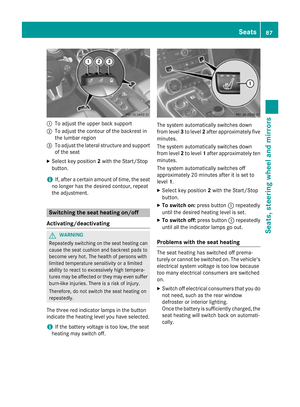 89
89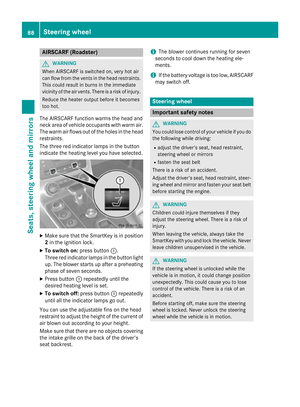 90
90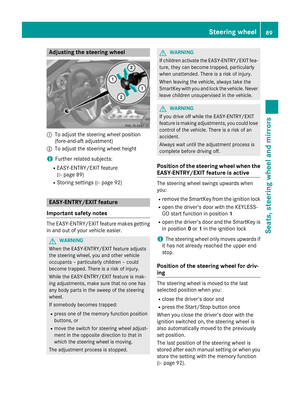 91
91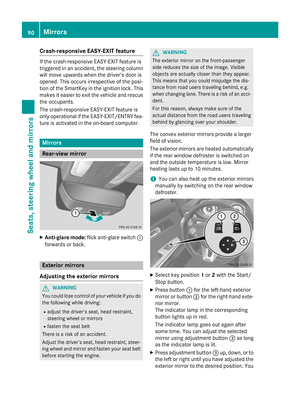 92
92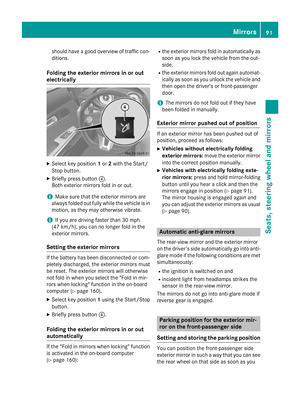 93
93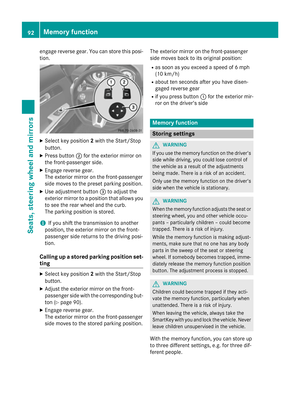 94
94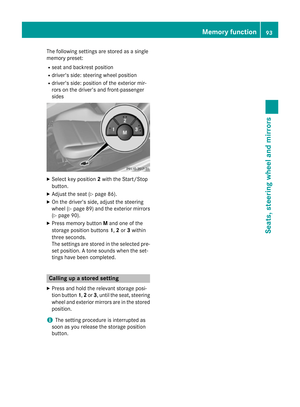 95
95 96
96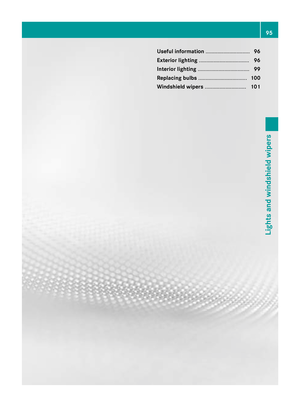 97
97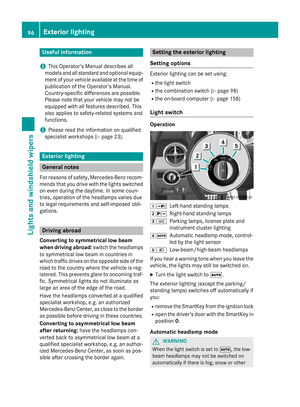 98
98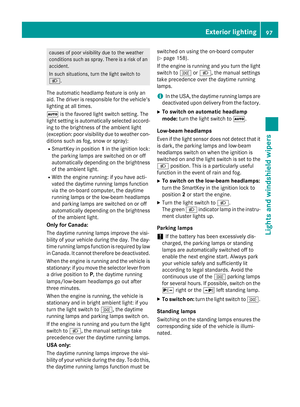 99
99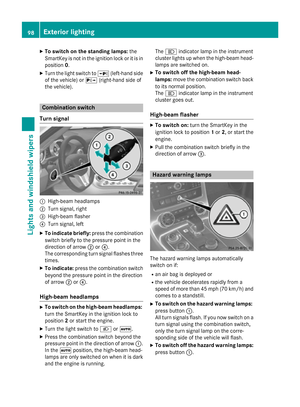 100
100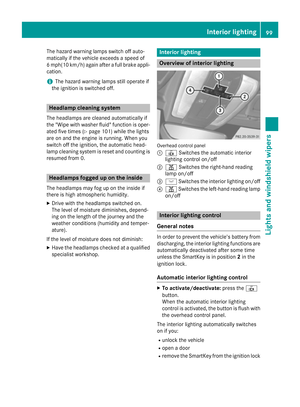 101
101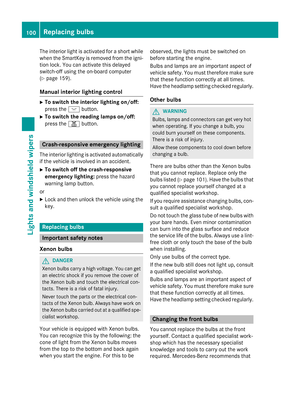 102
102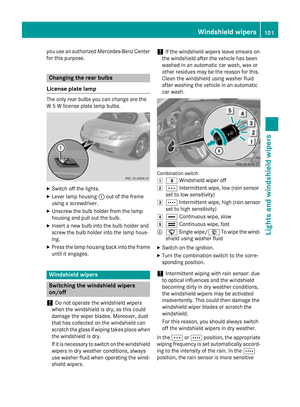 103
103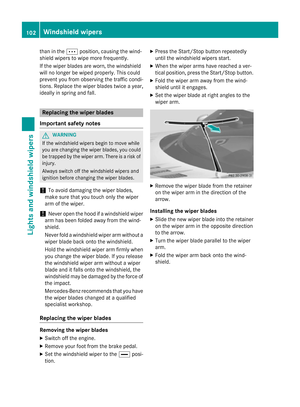 104
104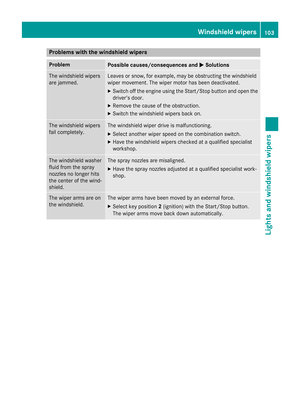 105
105 106
106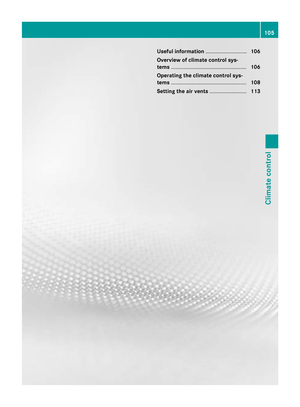 107
107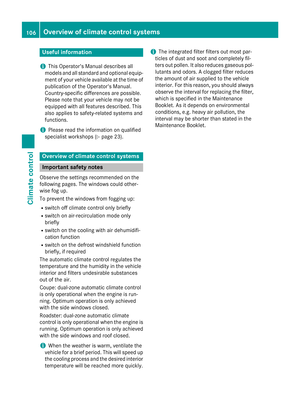 108
108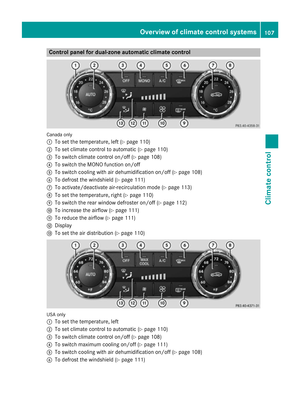 109
109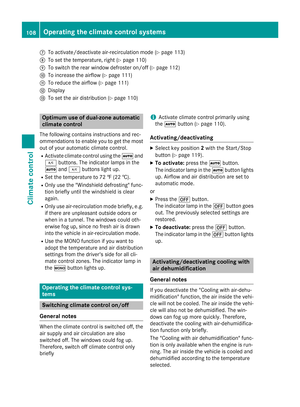 110
110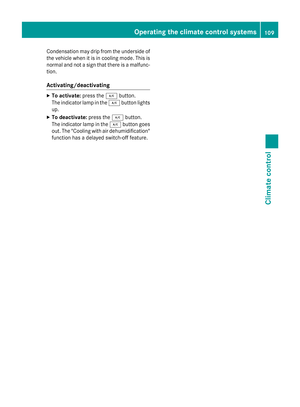 111
111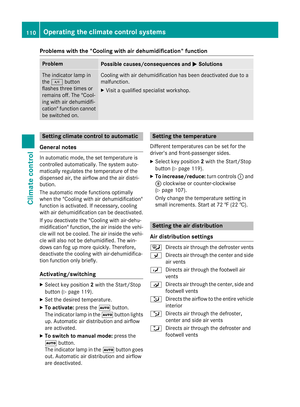 112
112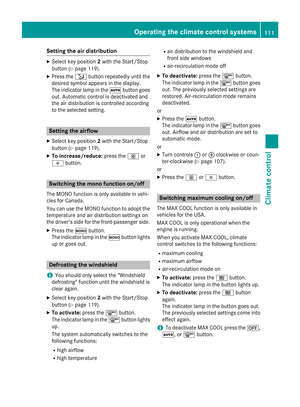 113
113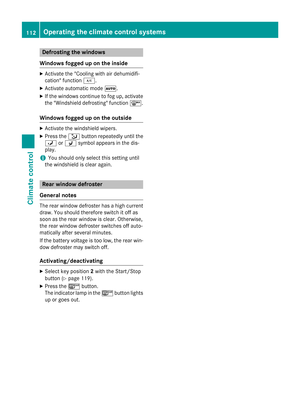 114
114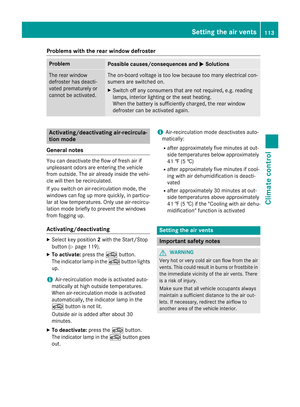 115
115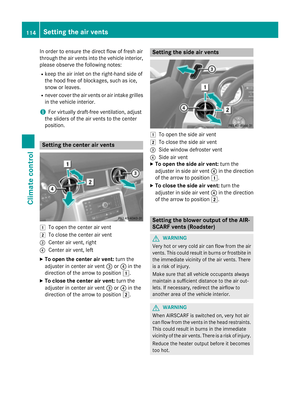 116
116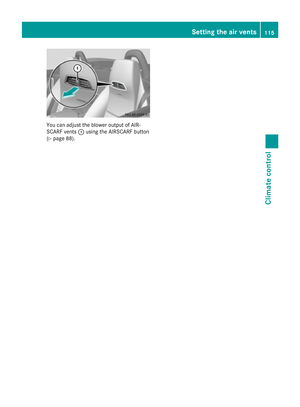 117
117 118
118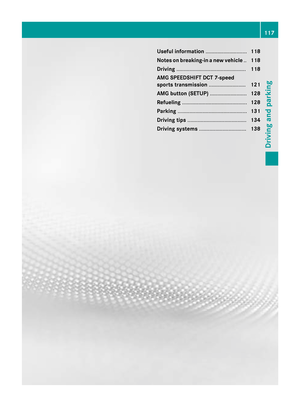 119
119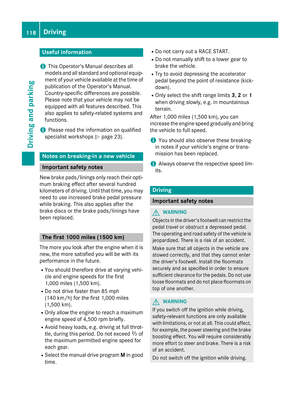 120
120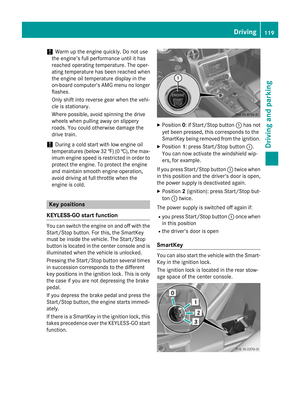 121
121 122
122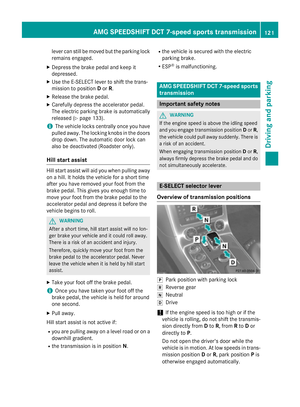 123
123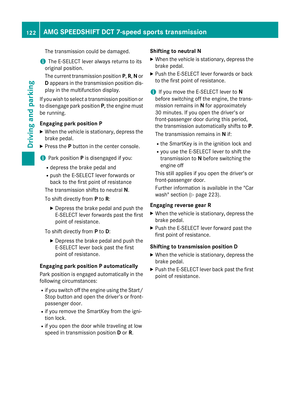 124
124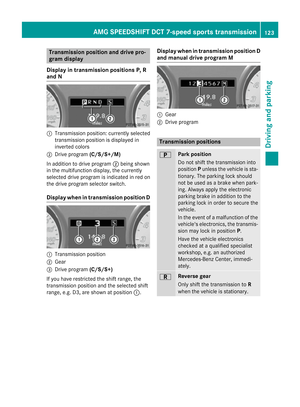 125
125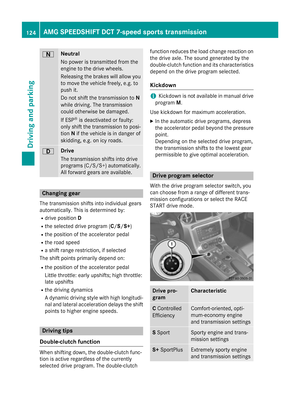 126
126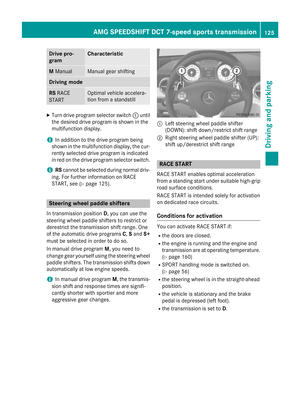 127
127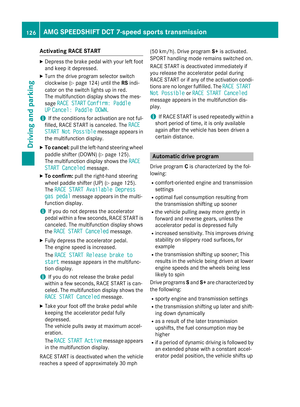 128
128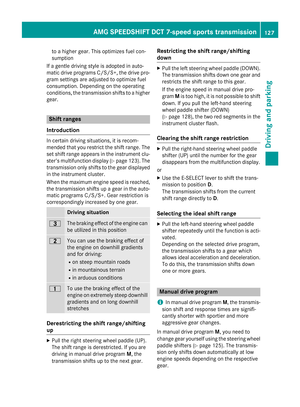 129
129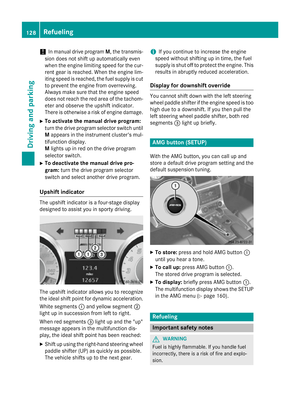 130
130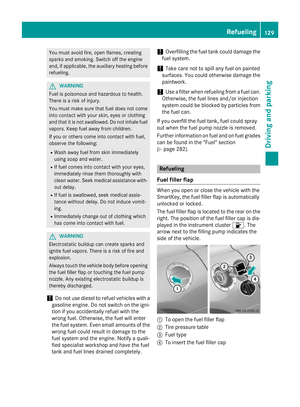 131
131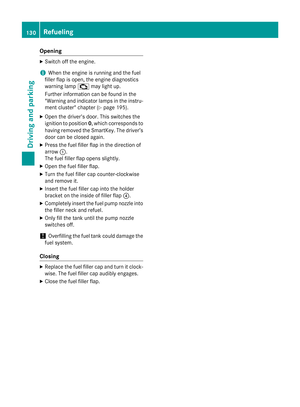 132
132 133
133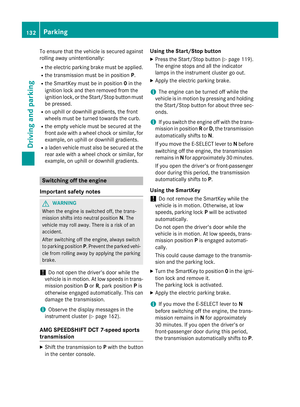 134
134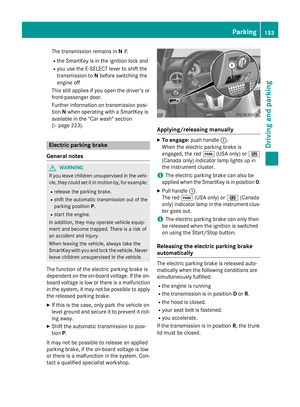 135
135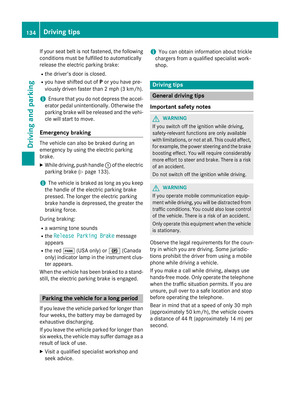 136
136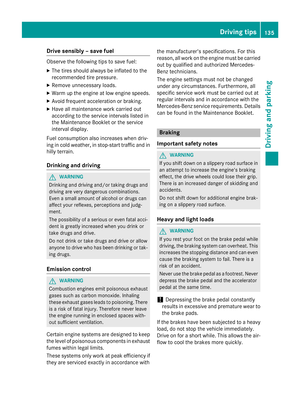 137
137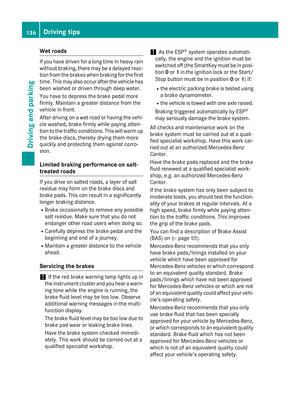 138
138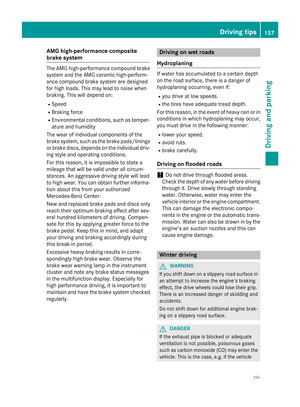 139
139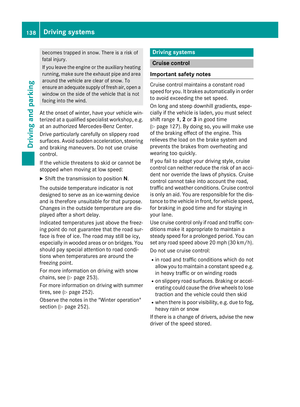 140
140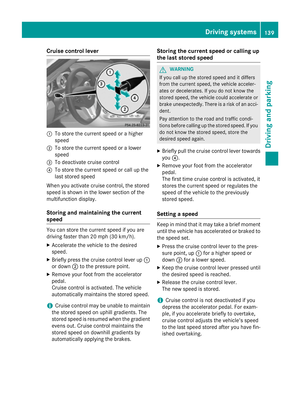 141
141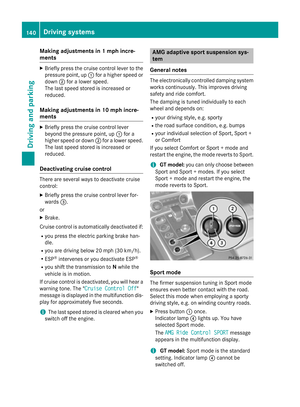 142
142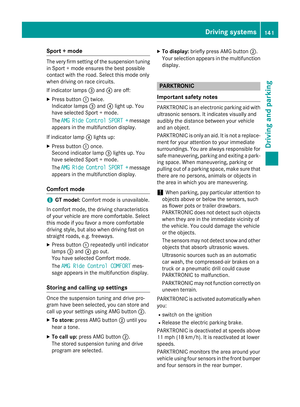 143
143 144
144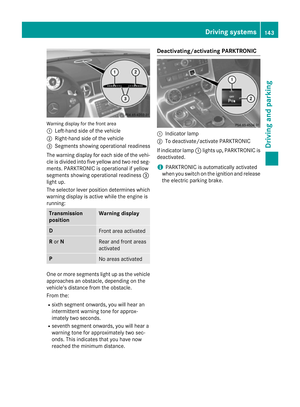 145
145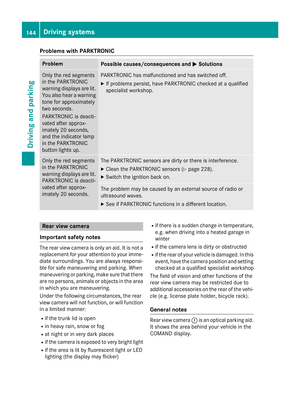 146
146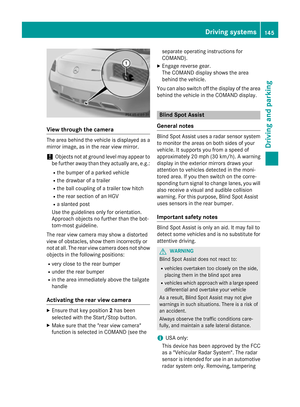 147
147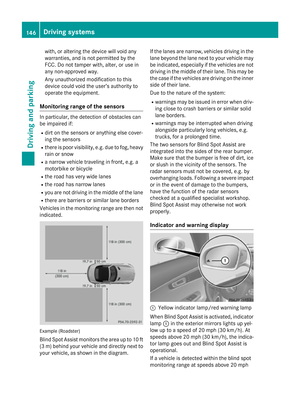 148
148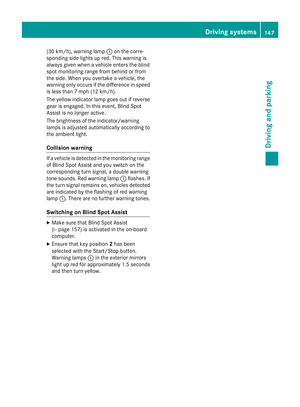 149
149 150
150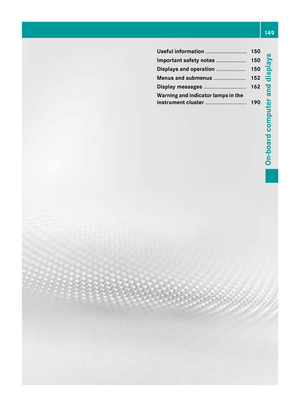 151
151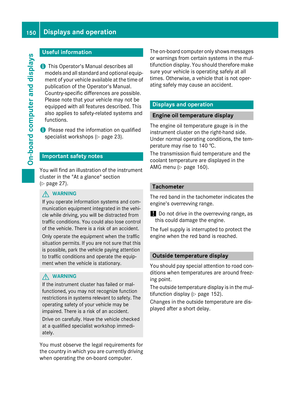 152
152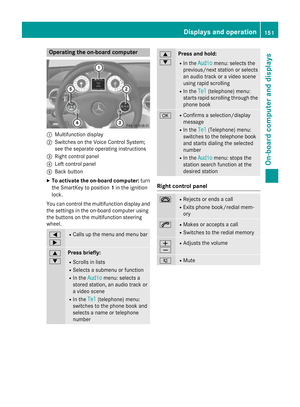 153
153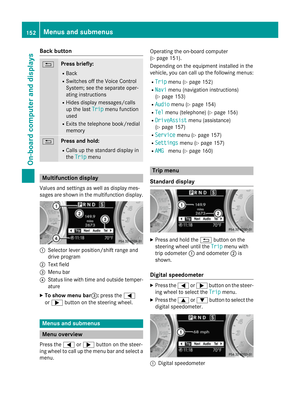 154
154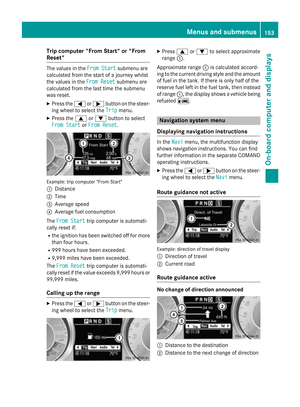 155
155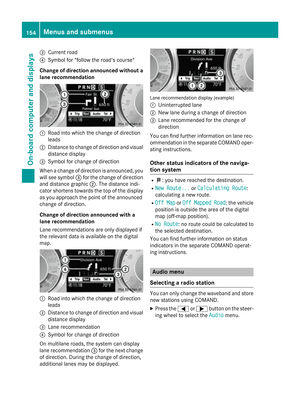 156
156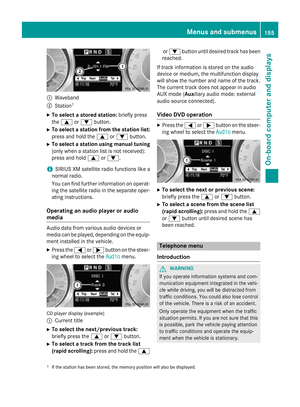 157
157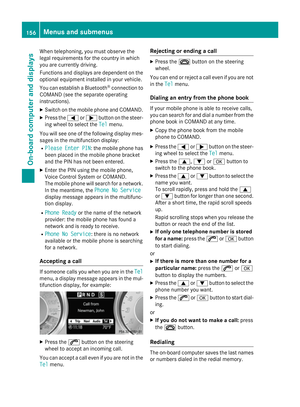 158
158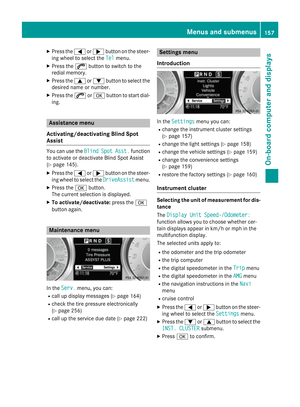 159
159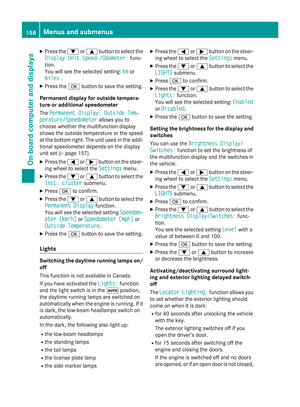 160
160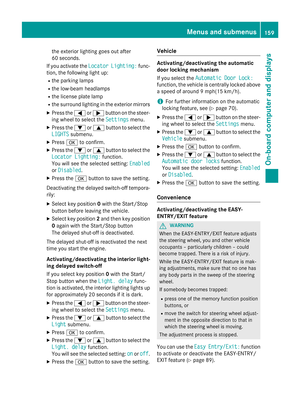 161
161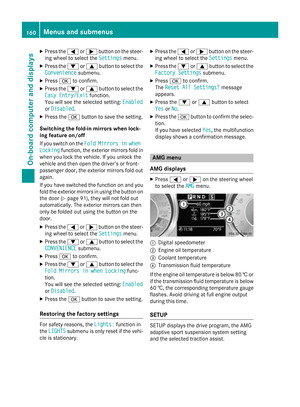 162
162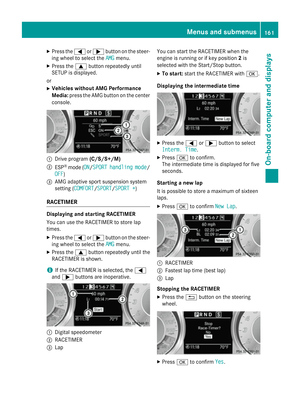 163
163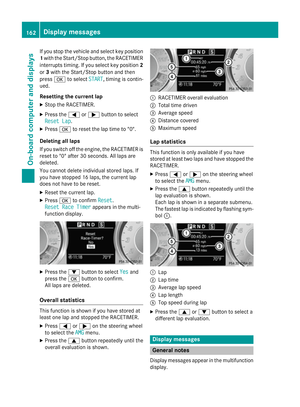 164
164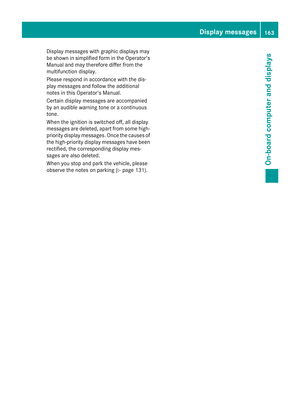 165
165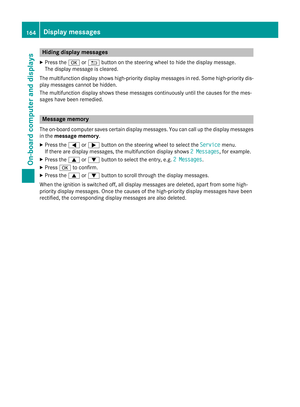 166
166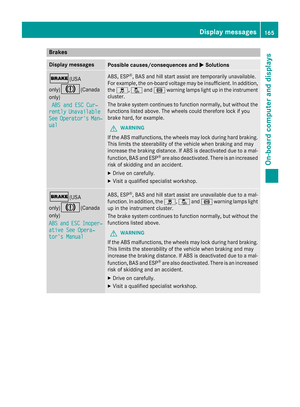 167
167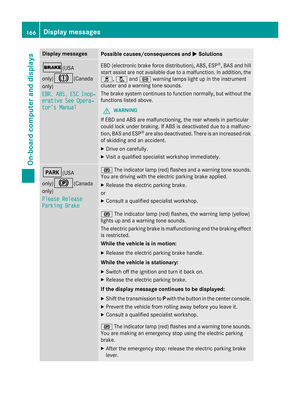 168
168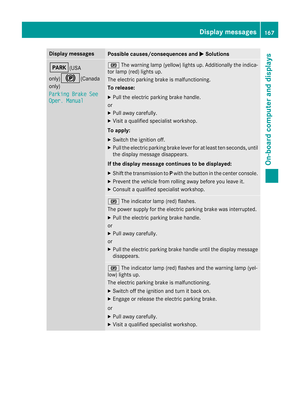 169
169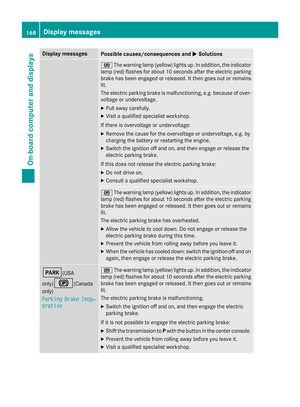 170
170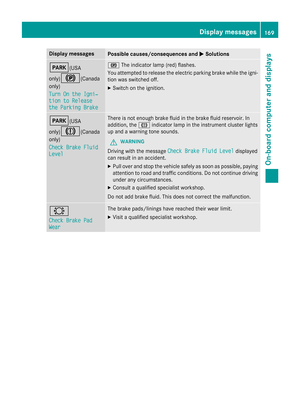 171
171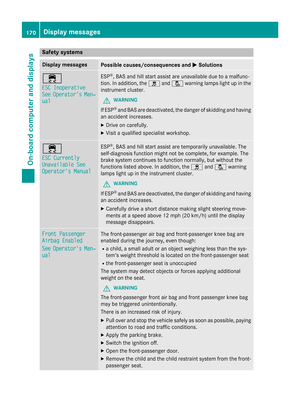 172
172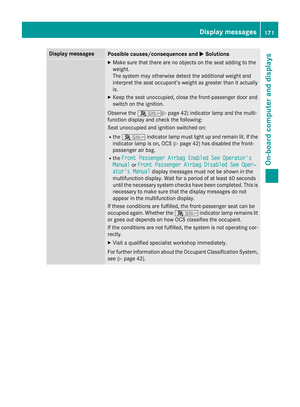 173
173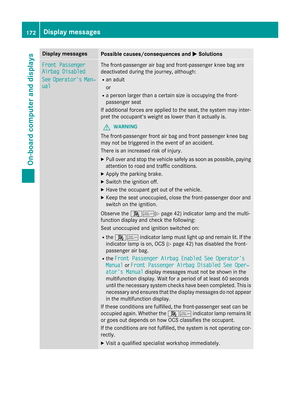 174
174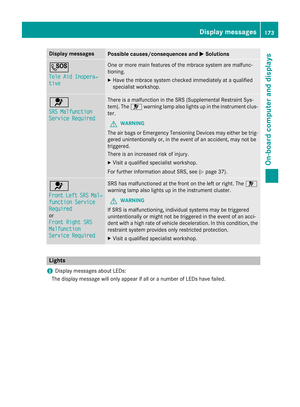 175
175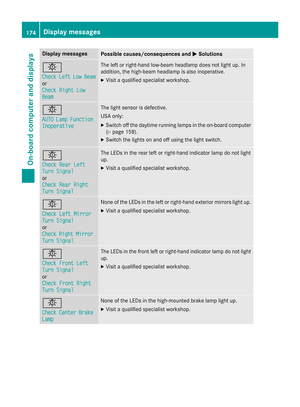 176
176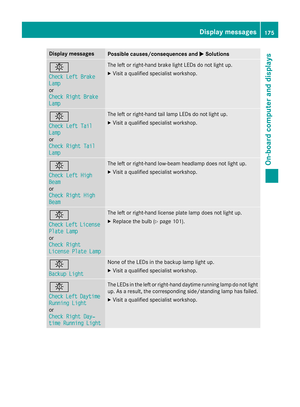 177
177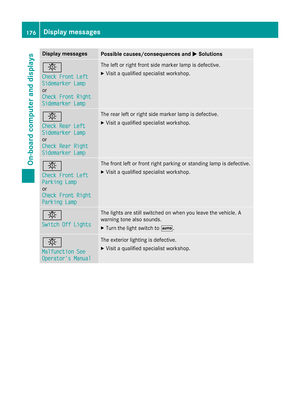 178
178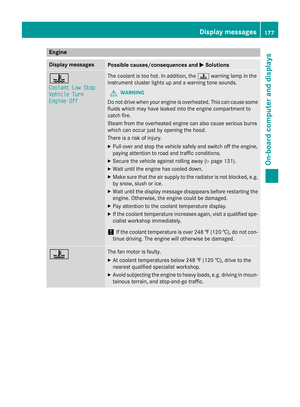 179
179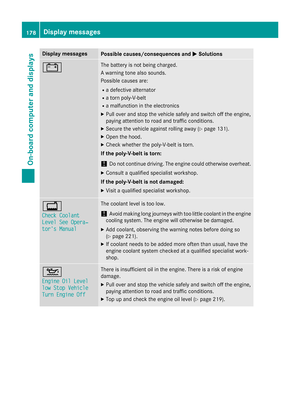 180
180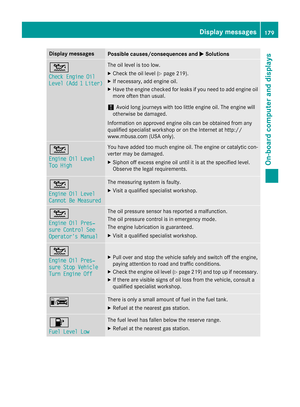 181
181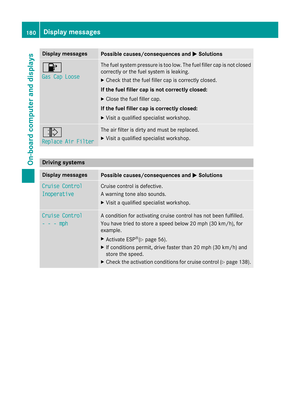 182
182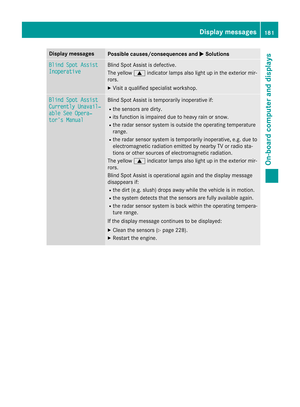 183
183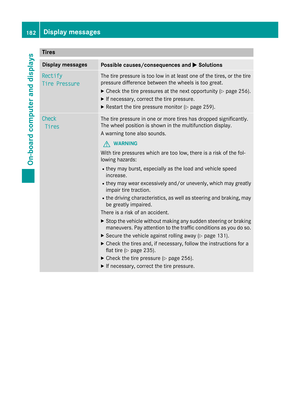 184
184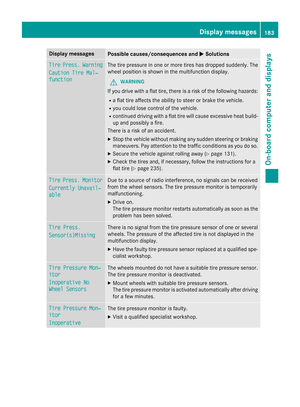 185
185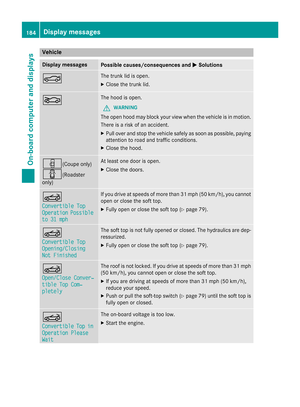 186
186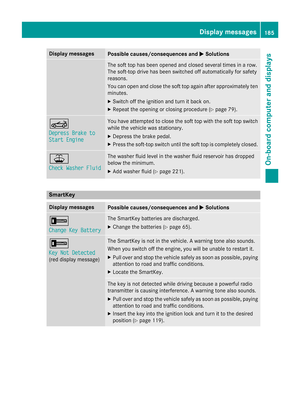 187
187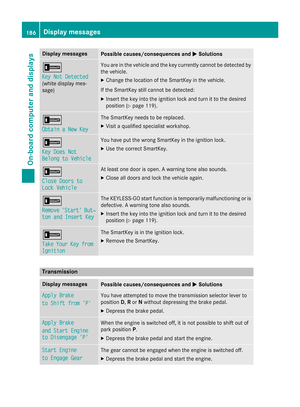 188
188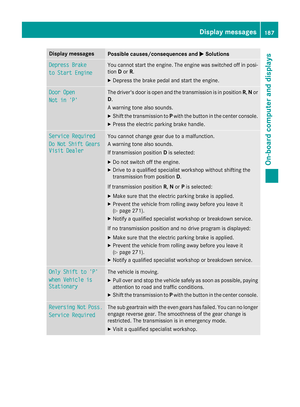 189
189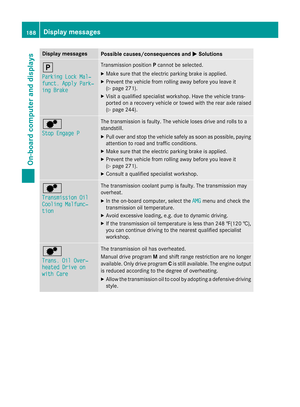 190
190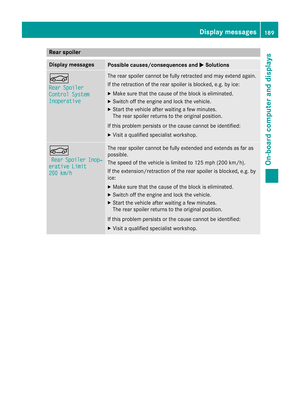 191
191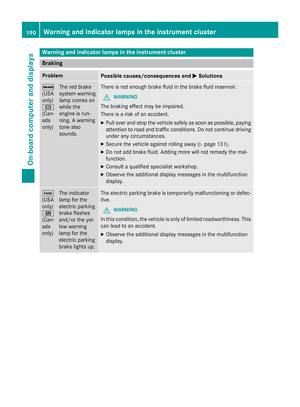 192
192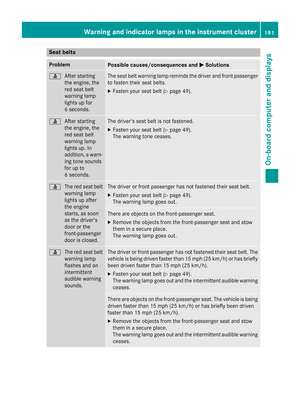 193
193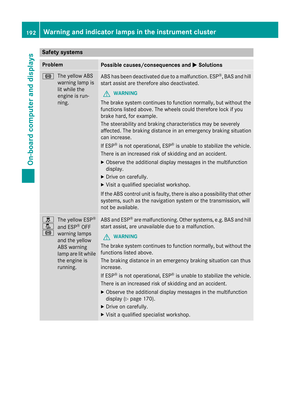 194
194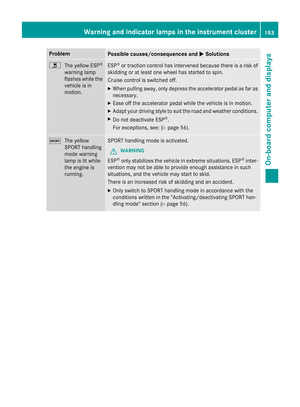 195
195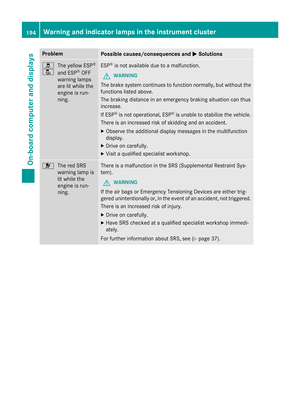 196
196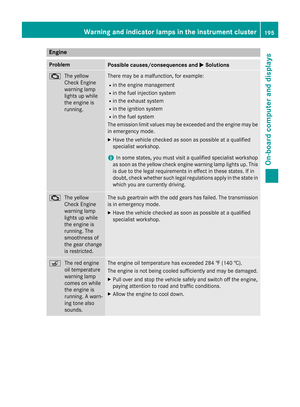 197
197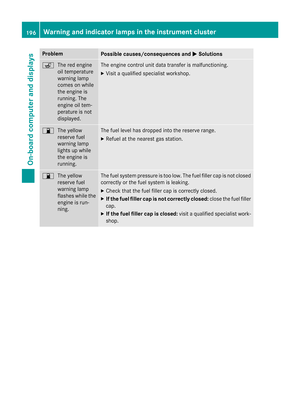 198
198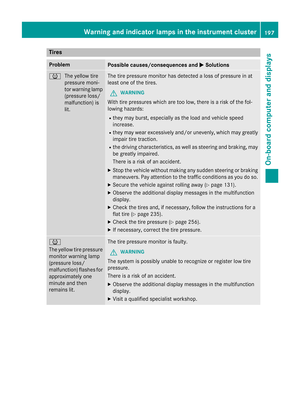 199
199 200
200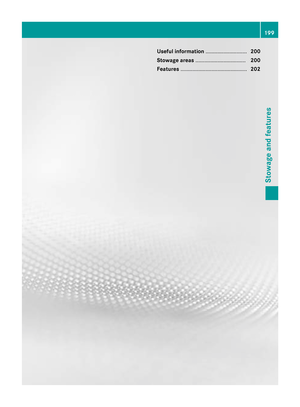 201
201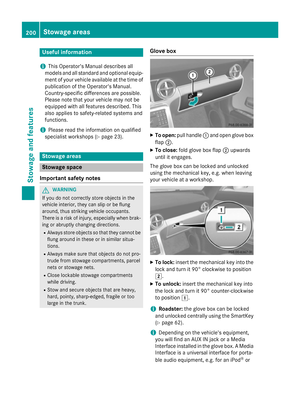 202
202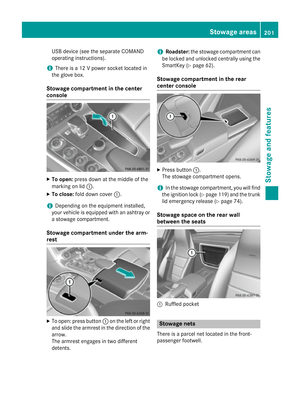 203
203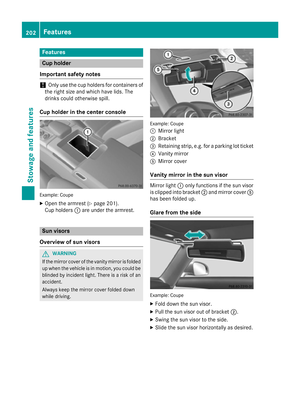 204
204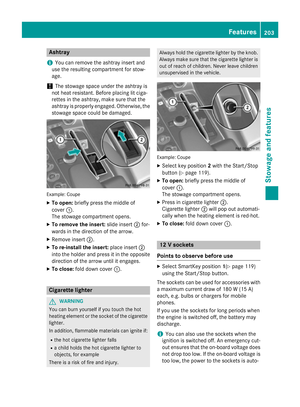 205
205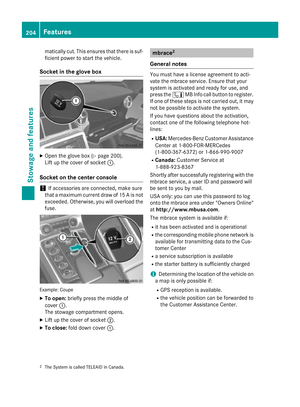 206
206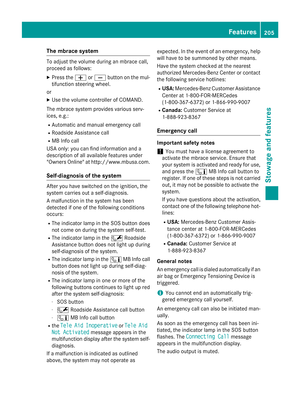 207
207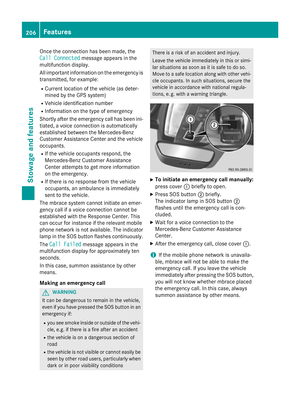 208
208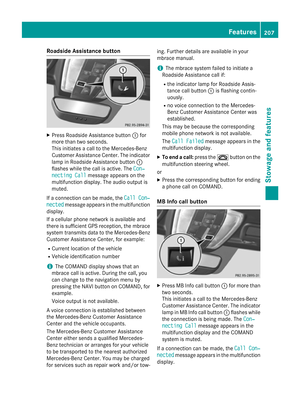 209
209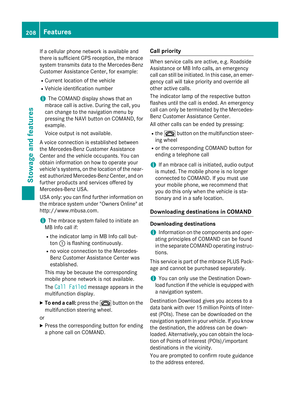 210
210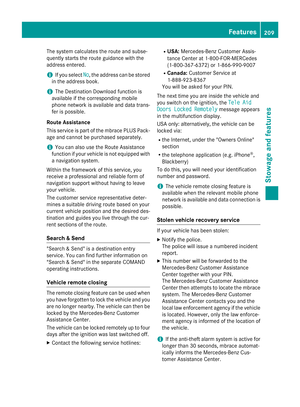 211
211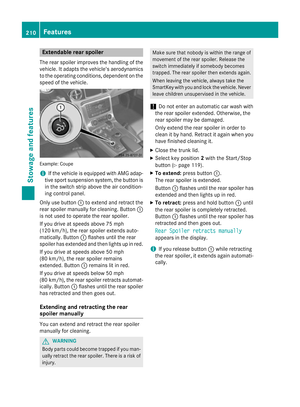 212
212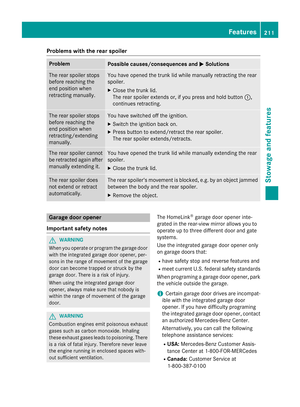 213
213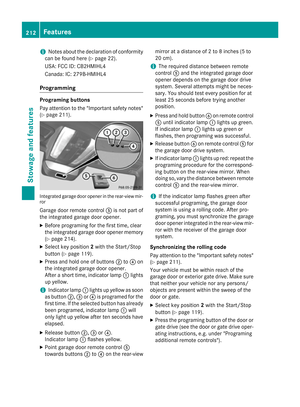 214
214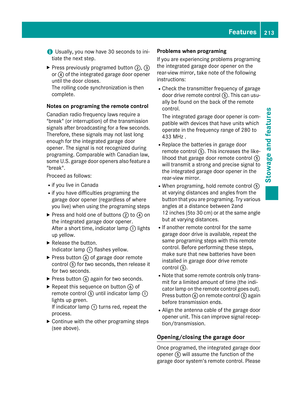 215
215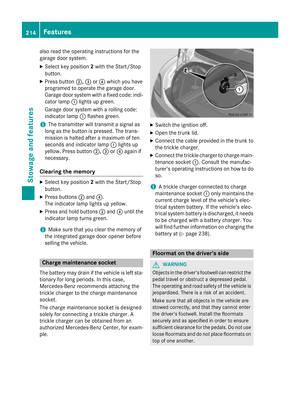 216
216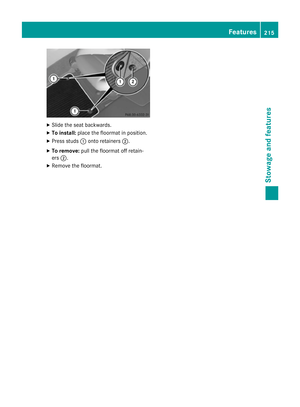 217
217 218
218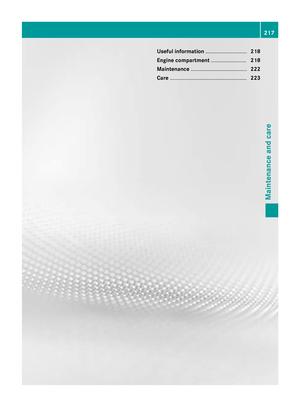 219
219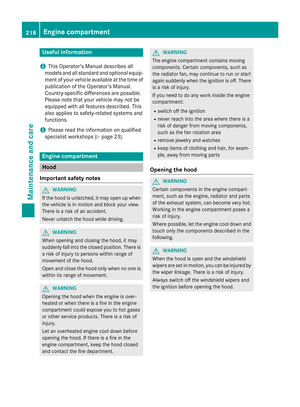 220
220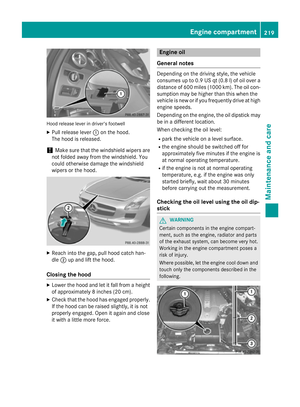 221
221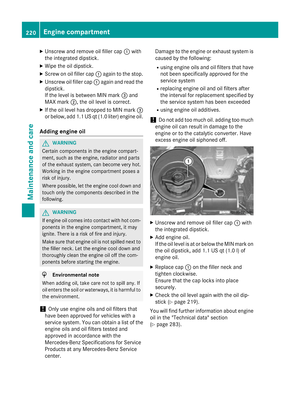 222
222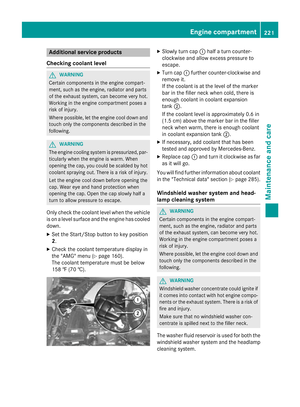 223
223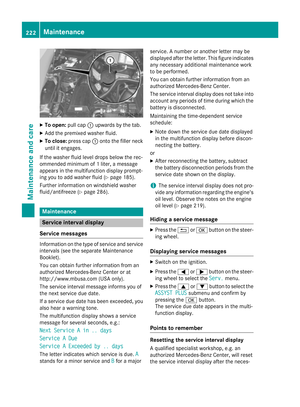 224
224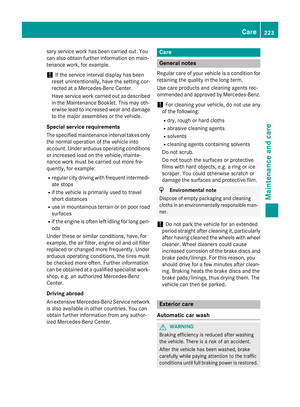 225
225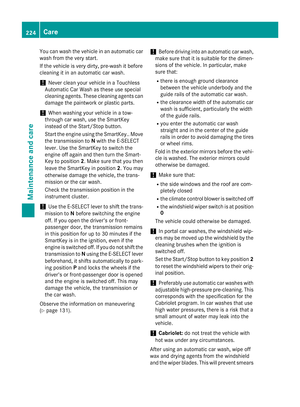 226
226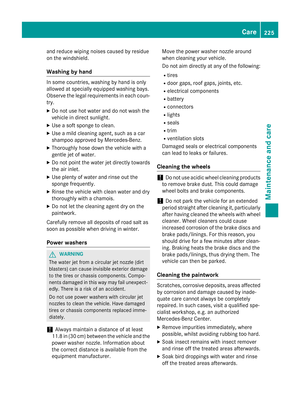 227
227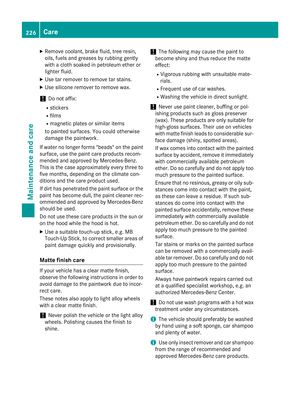 228
228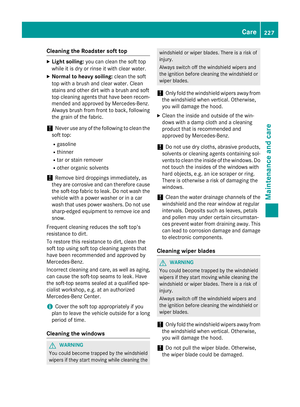 229
229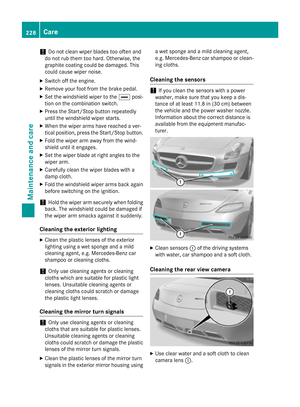 230
230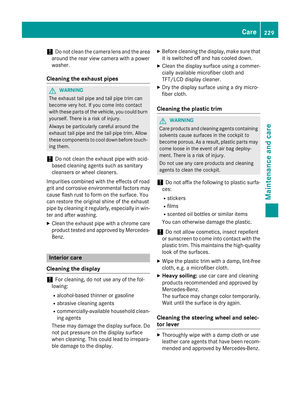 231
231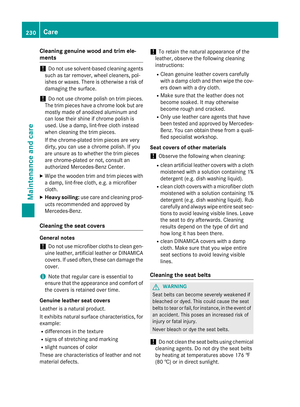 232
232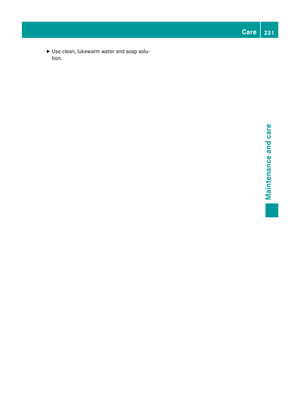 233
233 234
234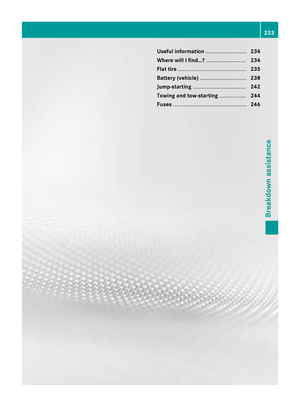 235
235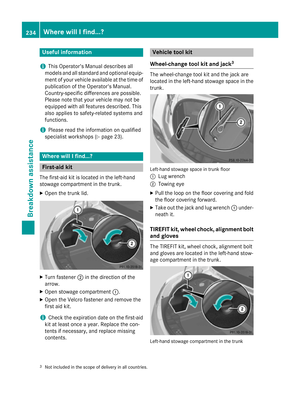 236
236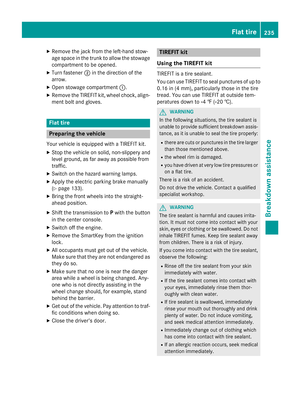 237
237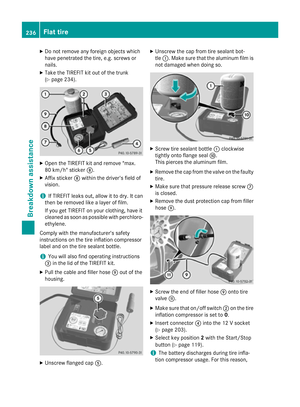 238
238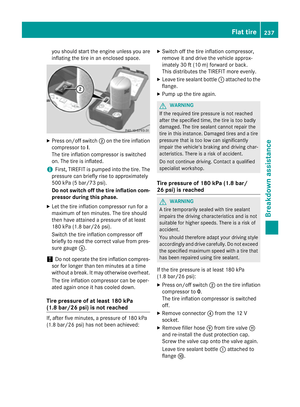 239
239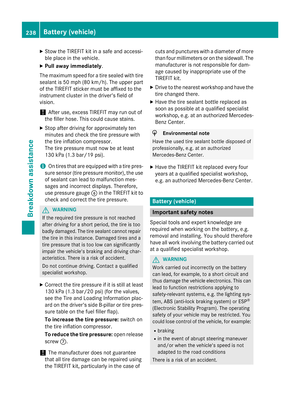 240
240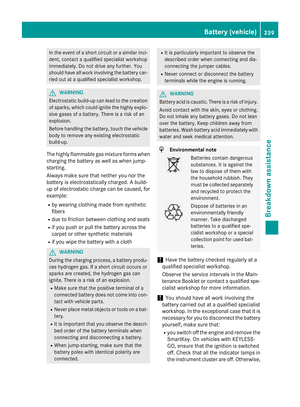 241
241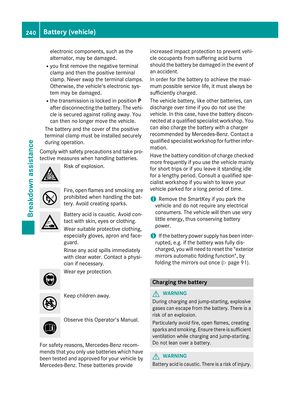 242
242 243
243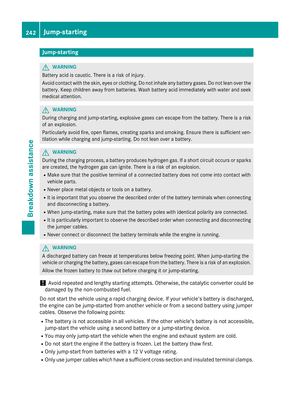 244
244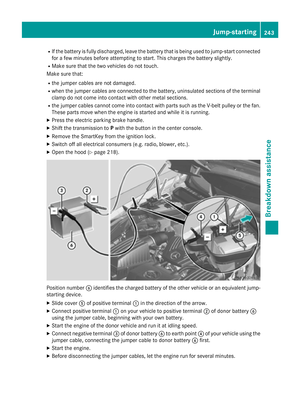 245
245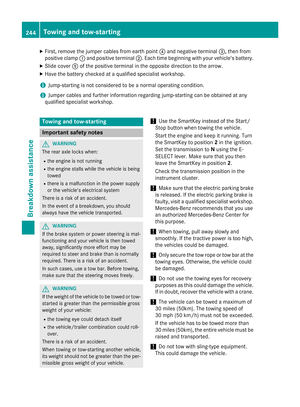 246
246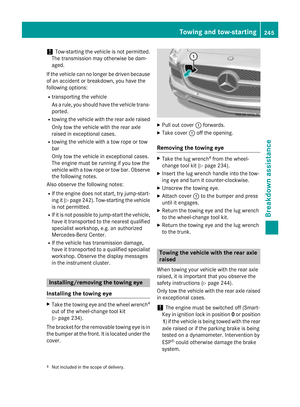 247
247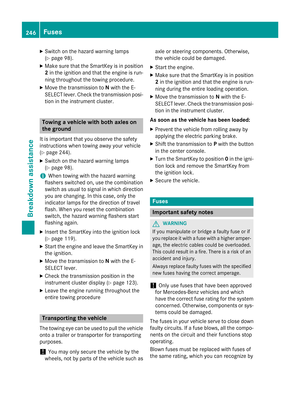 248
248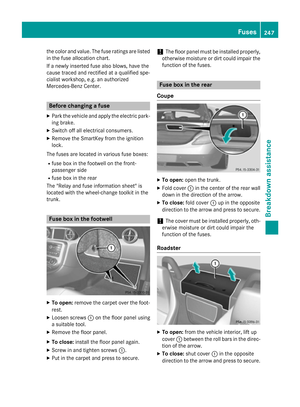 249
249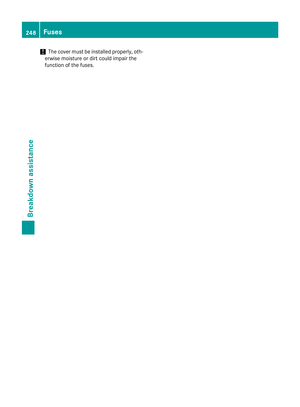 250
250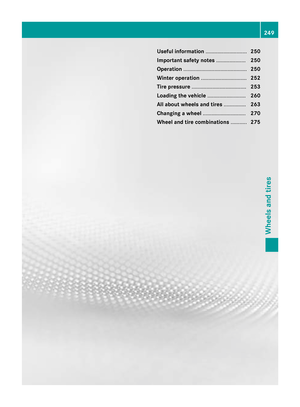 251
251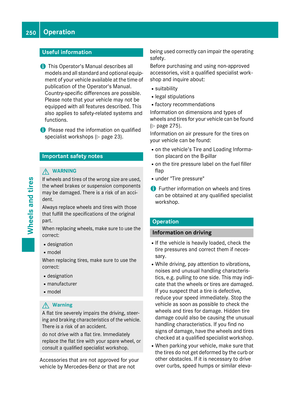 252
252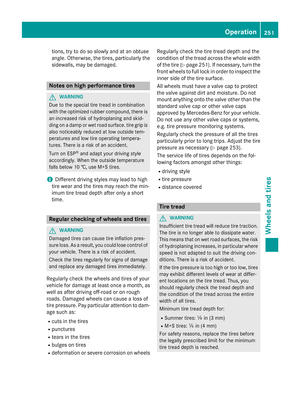 253
253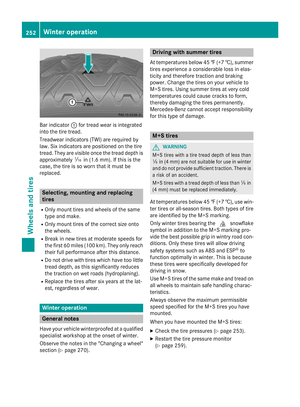 254
254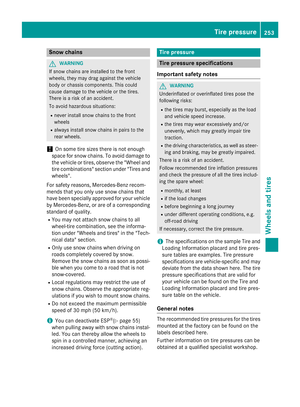 255
255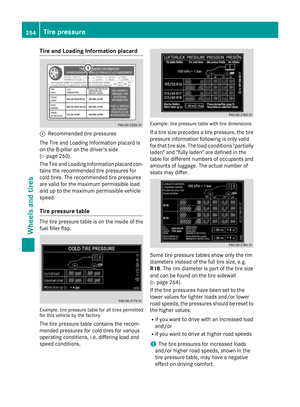 256
256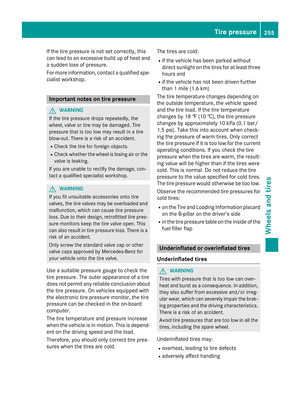 257
257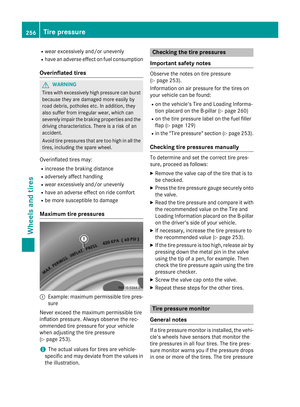 258
258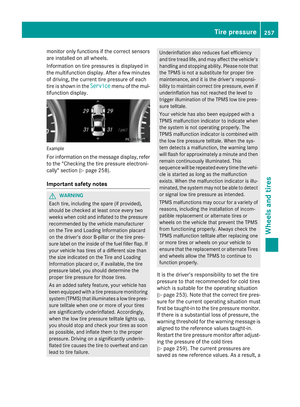 259
259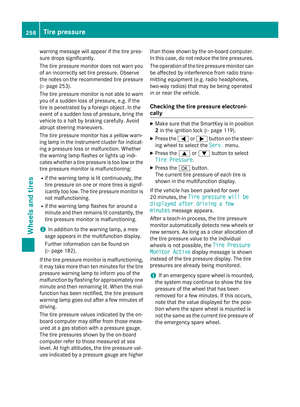 260
260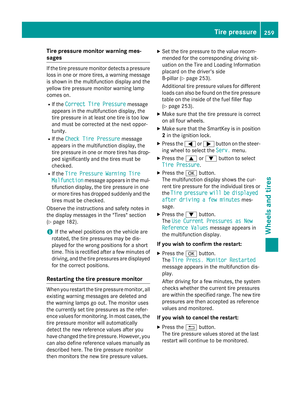 261
261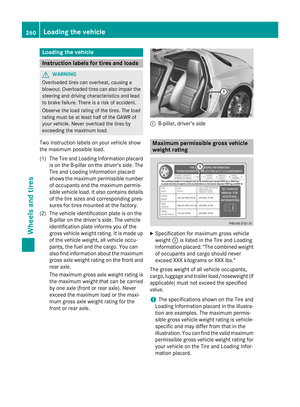 262
262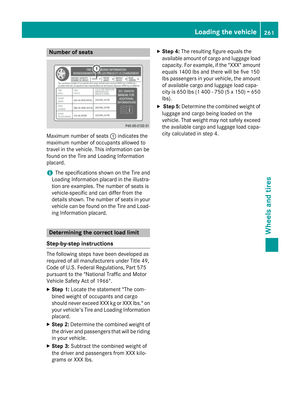 263
263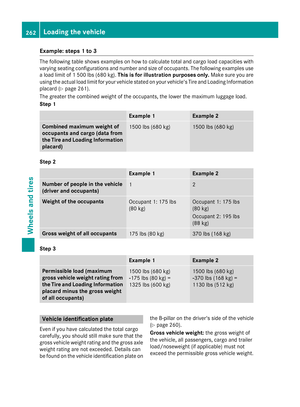 264
264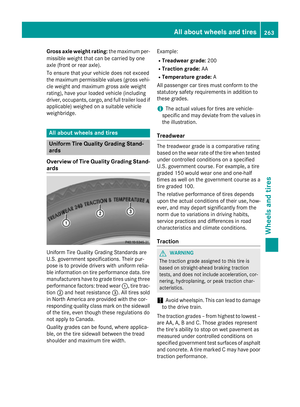 265
265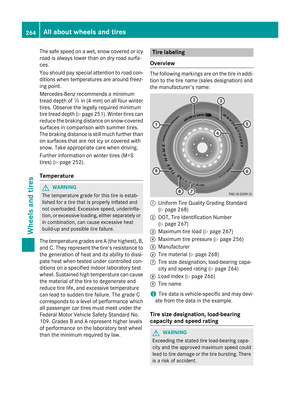 266
266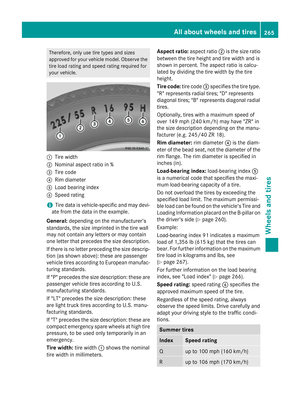 267
267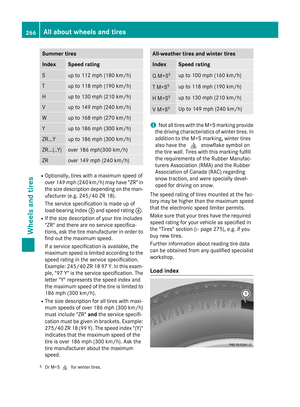 268
268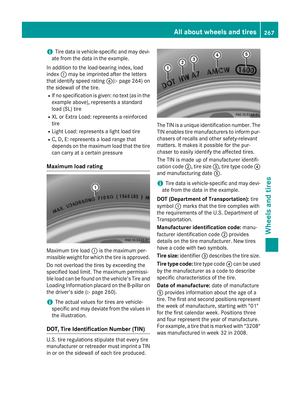 269
269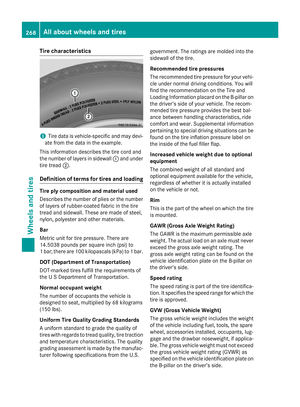 270
270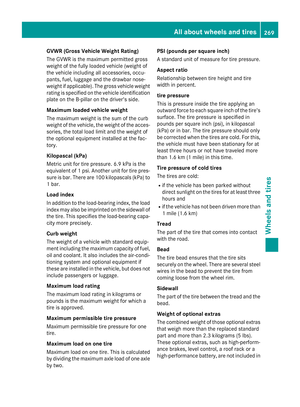 271
271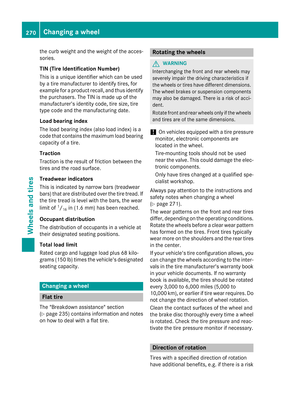 272
272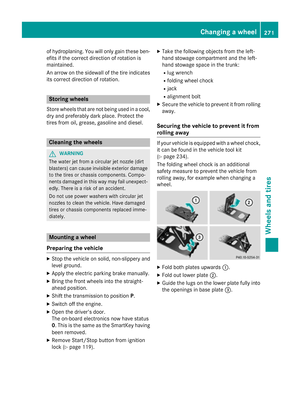 273
273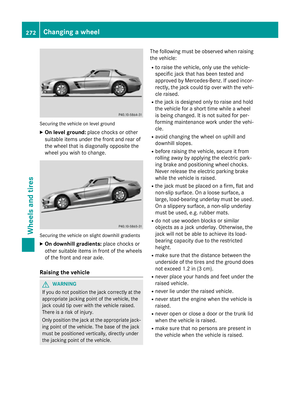 274
274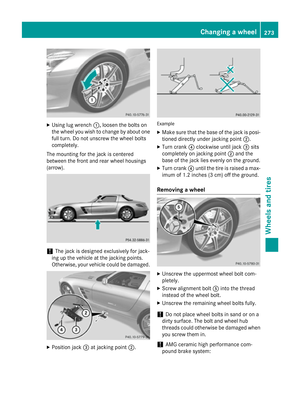 275
275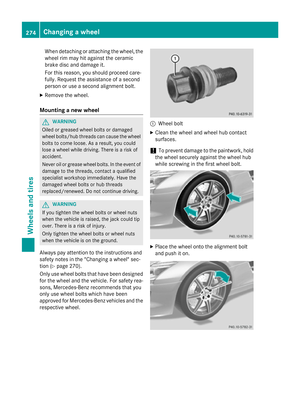 276
276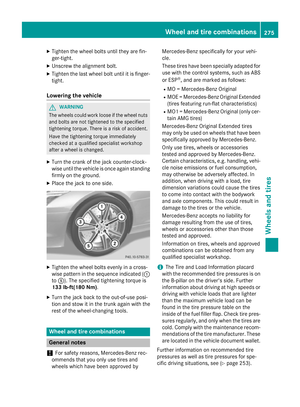 277
277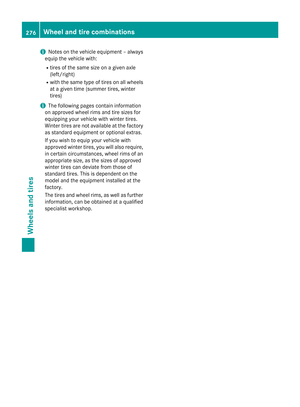 278
278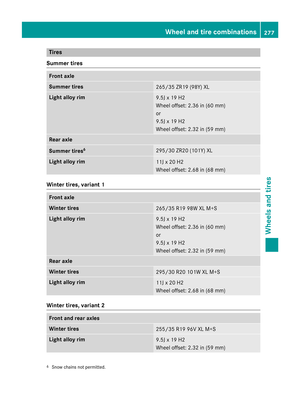 279
279 280
280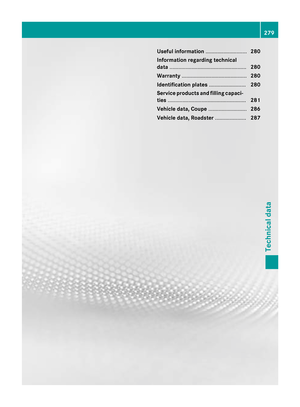 281
281 282
282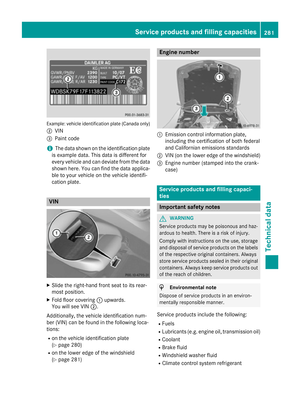 283
283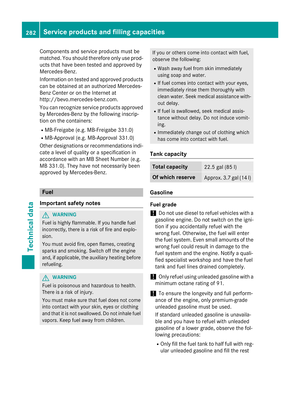 284
284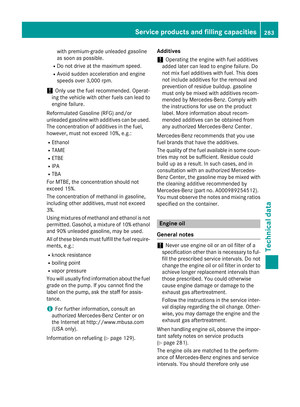 285
285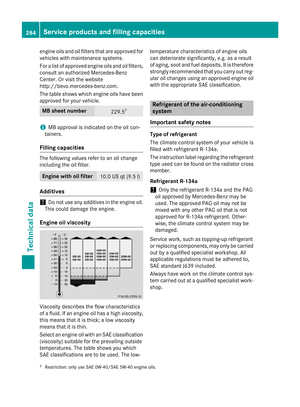 286
286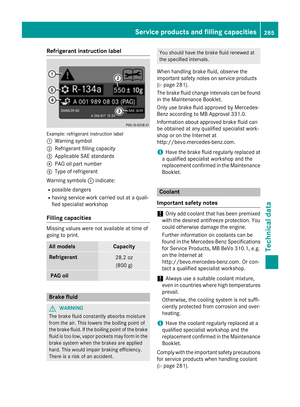 287
287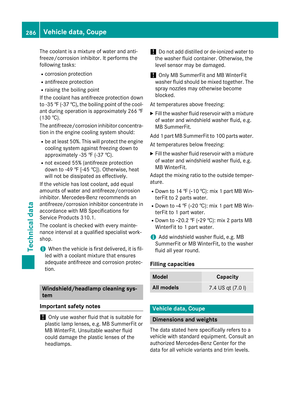 288
288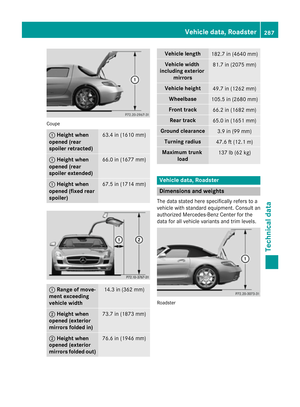 289
289






